
Visa and entry requirements Guinea:
Passport required
A visa is required to enter Guinea, as is a vaccination certificate with proof of yellow fever vaccination.
Visa costs: 80/107 euros
Information from the Foreign Office about your trip to Guinea:
https://www.auswaertiges-amt.de/de/guineasicherheit/206098
Guinea is a country in West Africa with around 12.5 million inhabitants. The country borders Sierra Leone and Liberia to the south, Ivory Coast to the southeast, Mali to the east and northeast, Senegal to the north, Guinea-Bissau to the northwest and the Atlantic Ocean to the west. The official language of Guinea is French and the national currency is the Guinea franc, with 1 euro equaling around 11 GNF. The country's largest cities include Conakry, Nzerekore, Kankan, Kindia and Maneah.
Some of West Africa's most important rivers have their source in Guinea, such as the Niger, the Gambia and the Bafing. The highest mountain in the country is Mont Richard-Molard at 1,752 meters high. The country has a predominantly tropical, variable climate, ranging from rainforest in the highlands to savannah grassland.
Of Guinea's population, around 86% profess Islam, while the illiteracy rate is 68%.
Since 2014, the deadly Ebola virus has spread massively in the country, making Guinea world-famous. The outbreak of the Ebola fever epidemic caused significant damage to the country's economy and almost brought the infrastructure to a complete standstill.
Despite the country's many natural resources, especially enormous iron ore deposits, most of the population lives in poverty.
The main agricultural exports are grains, nuts, palm oil, oranges and peas.
The capital and by far the largest city in Guinea is Conakry with around 1.75 million inhabitants. The city is also the economic center of the country thanks to its international airport and deep sea port. Bananas, iron ore and bauxite, among other things, are shipped from the port. At the beginning of the 20th century, Conakry was a magnificent city with sandy beaches, waterfront promenades and tree-lined boulevards. The city was called the “Paris of Africa” back then, but none of that remains today.
The capital's most important sights include the People's Palace - which is also the seat of Parliament, the National Museum, the Faysal Mosque - the largest mosque in sub-Saharan Africa, the botanical garden, the Mausoleum-Camayenne and the offshore Los Islands.
In July 2016 I traveled to Guinea for two days during my West Africa trip. After my Air France flight to Conakry was canceled in Freetown in Sierra Leone, my only option was to travel the 300 kilometers between the two capitals by car by road. For 250 US dollars, a driver in a Toyota off-road vehicle brought me safely to Conakry after a good seven hours and a few lasting experiences in between. I started sweating for the first time at the border crossing from Sierra Leone to Guinea. First I was surrounded by around 100 little children begging, then I had problems getting my entry stamp. Despite having a valid Guinea visa, I had to pay an additional 20 US dollars into the personal cash register of the official in charge, who also lived in the guard station at the border crossing. Incidentally, his uniform at this time was short boxer shorts and a bare upper body.
From the border the road was no longer made of asphalt, but rather brown sand, countless puddles and huge potholes. After arriving in Conakry, I have rarely felt so uncomfortable in a city.

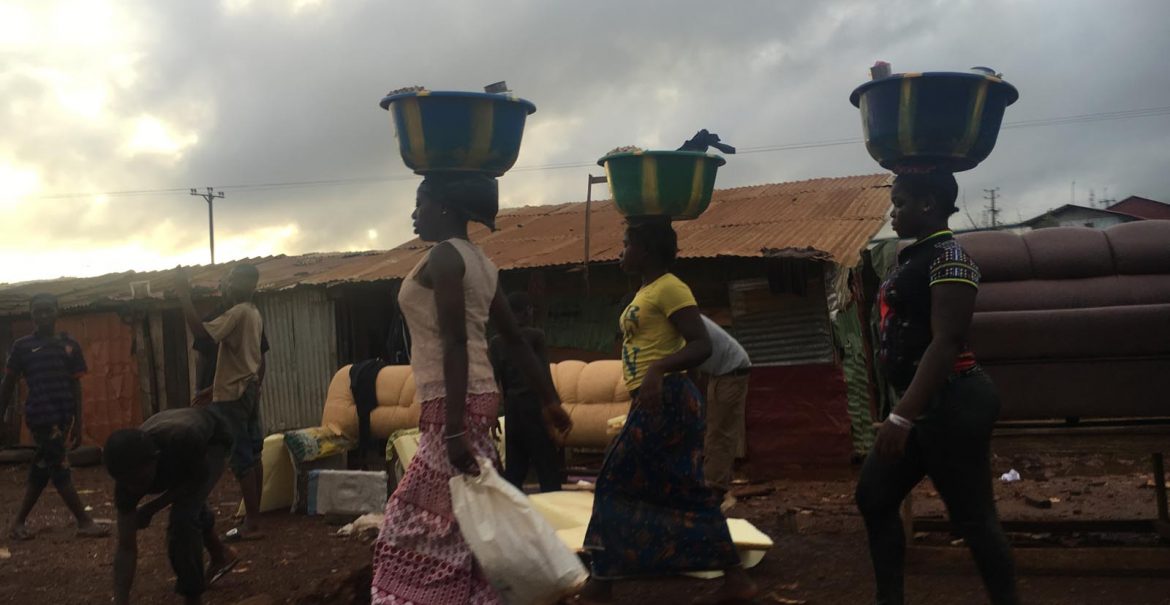
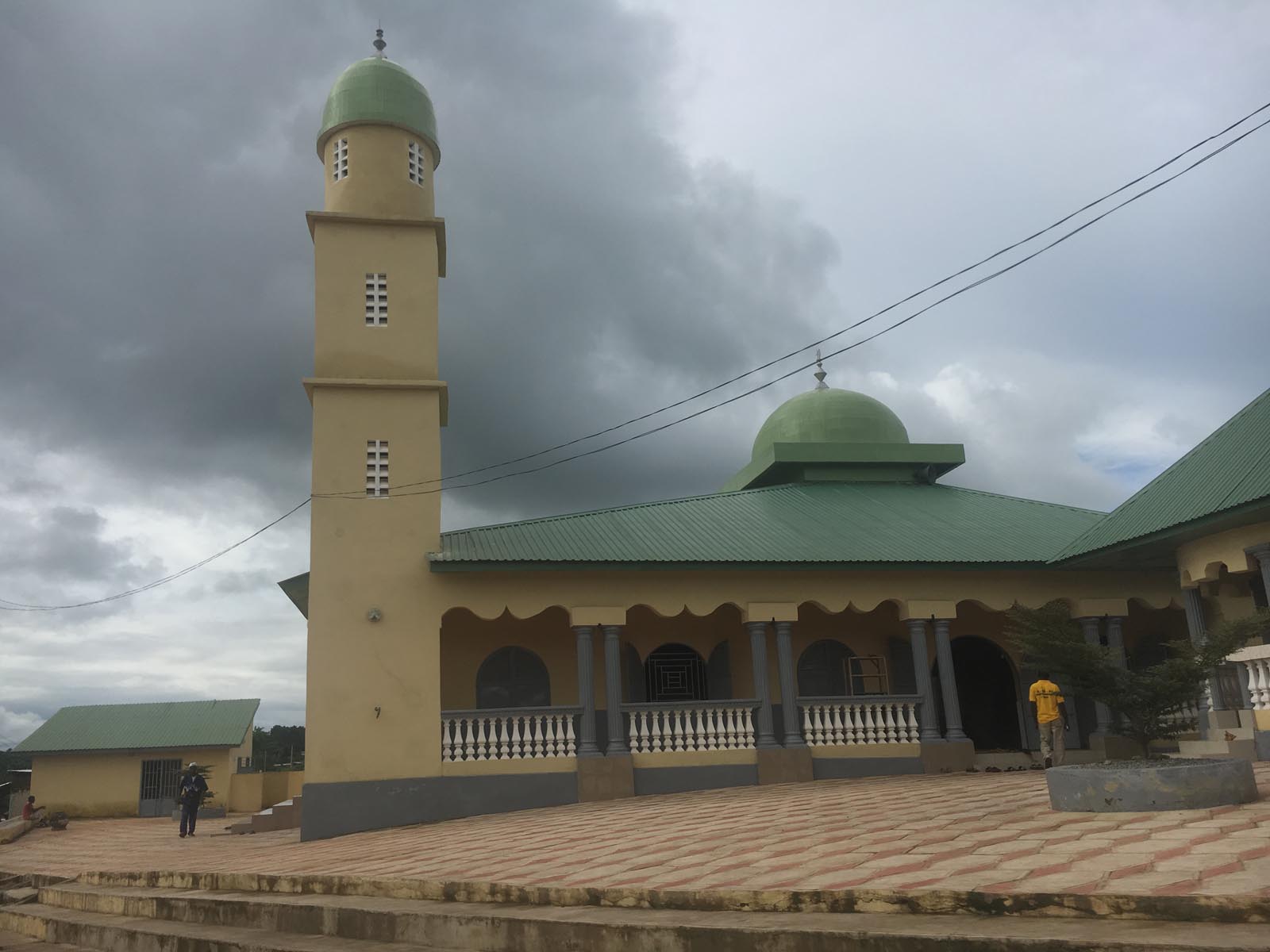
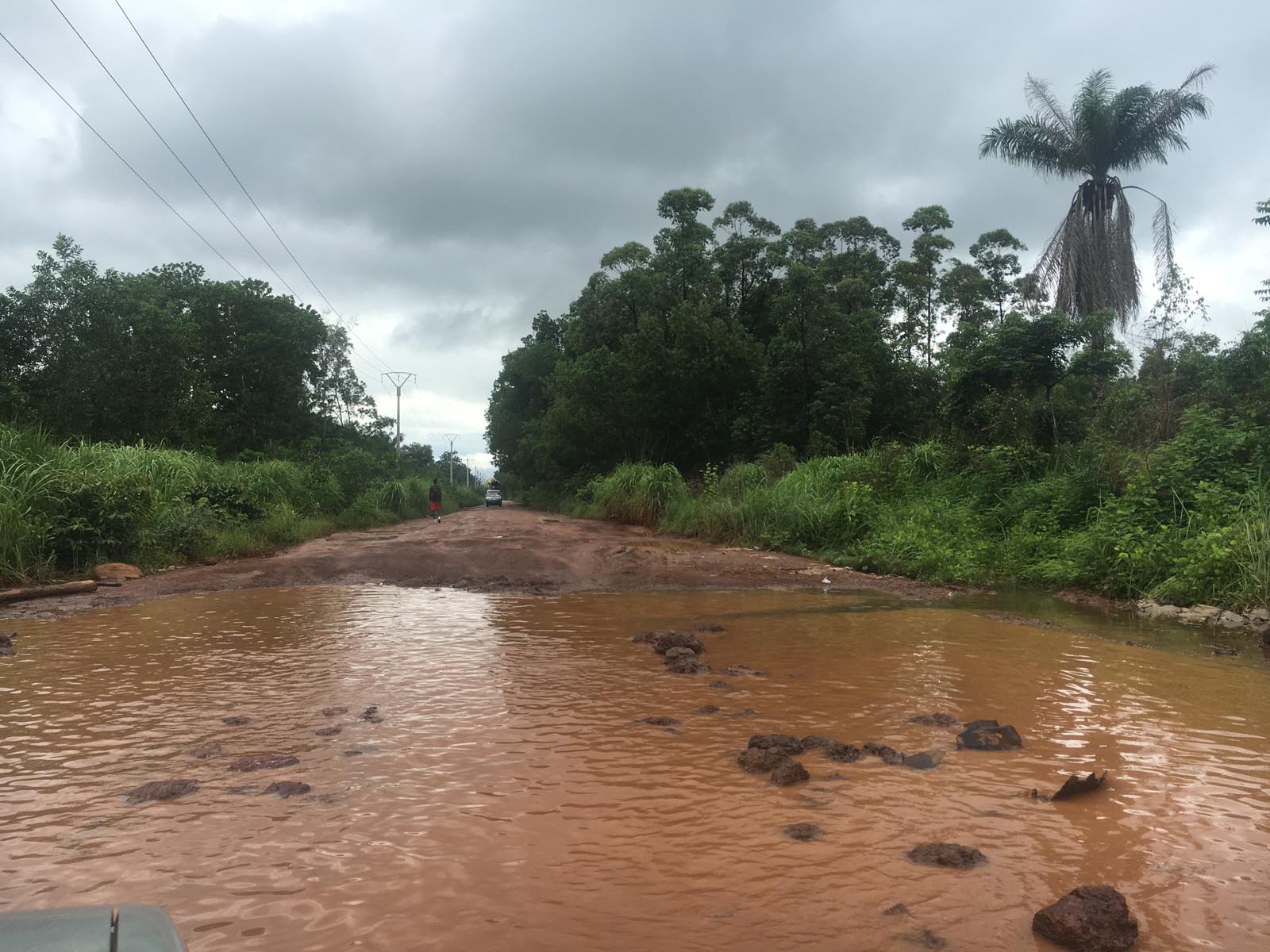
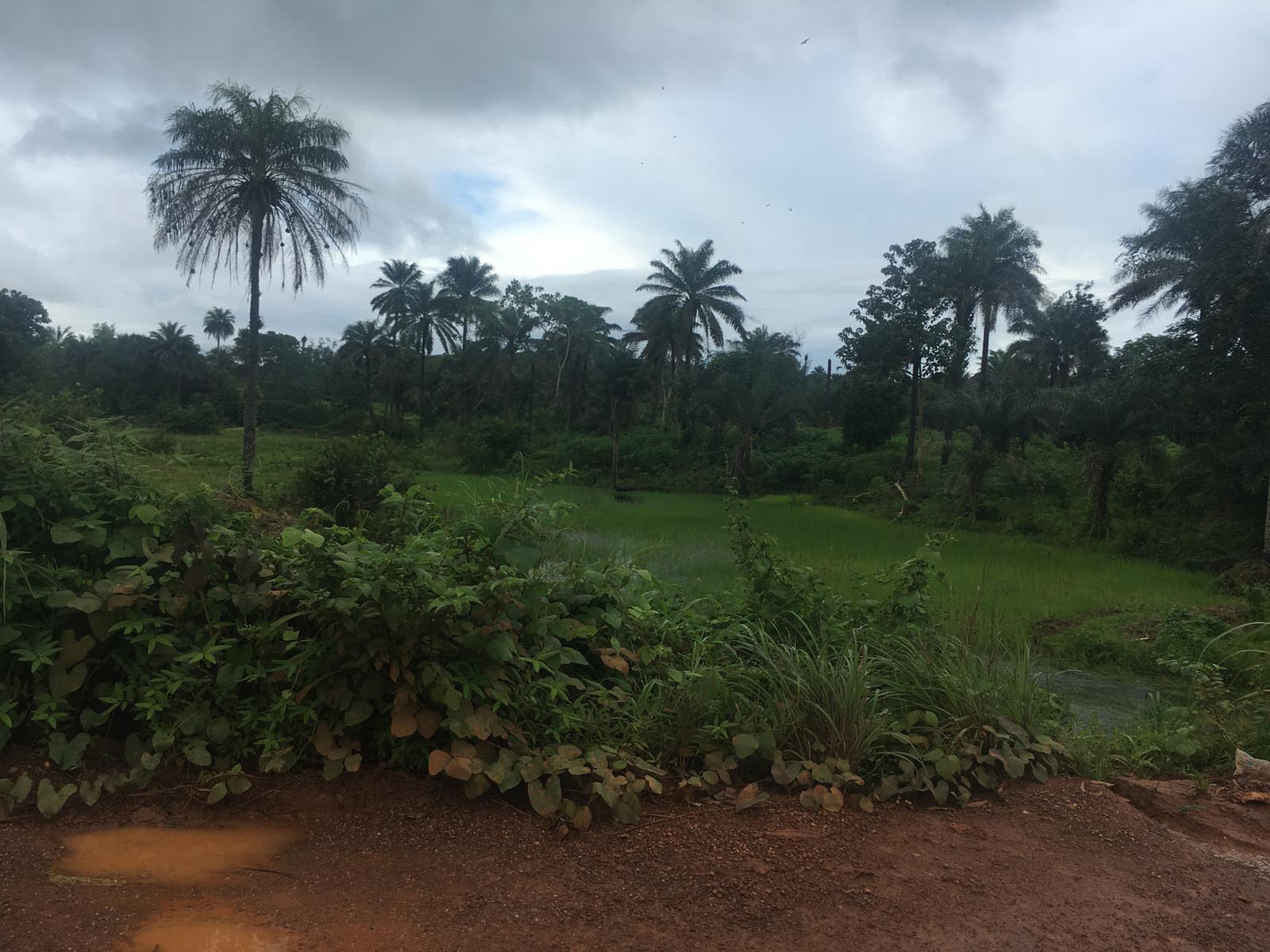
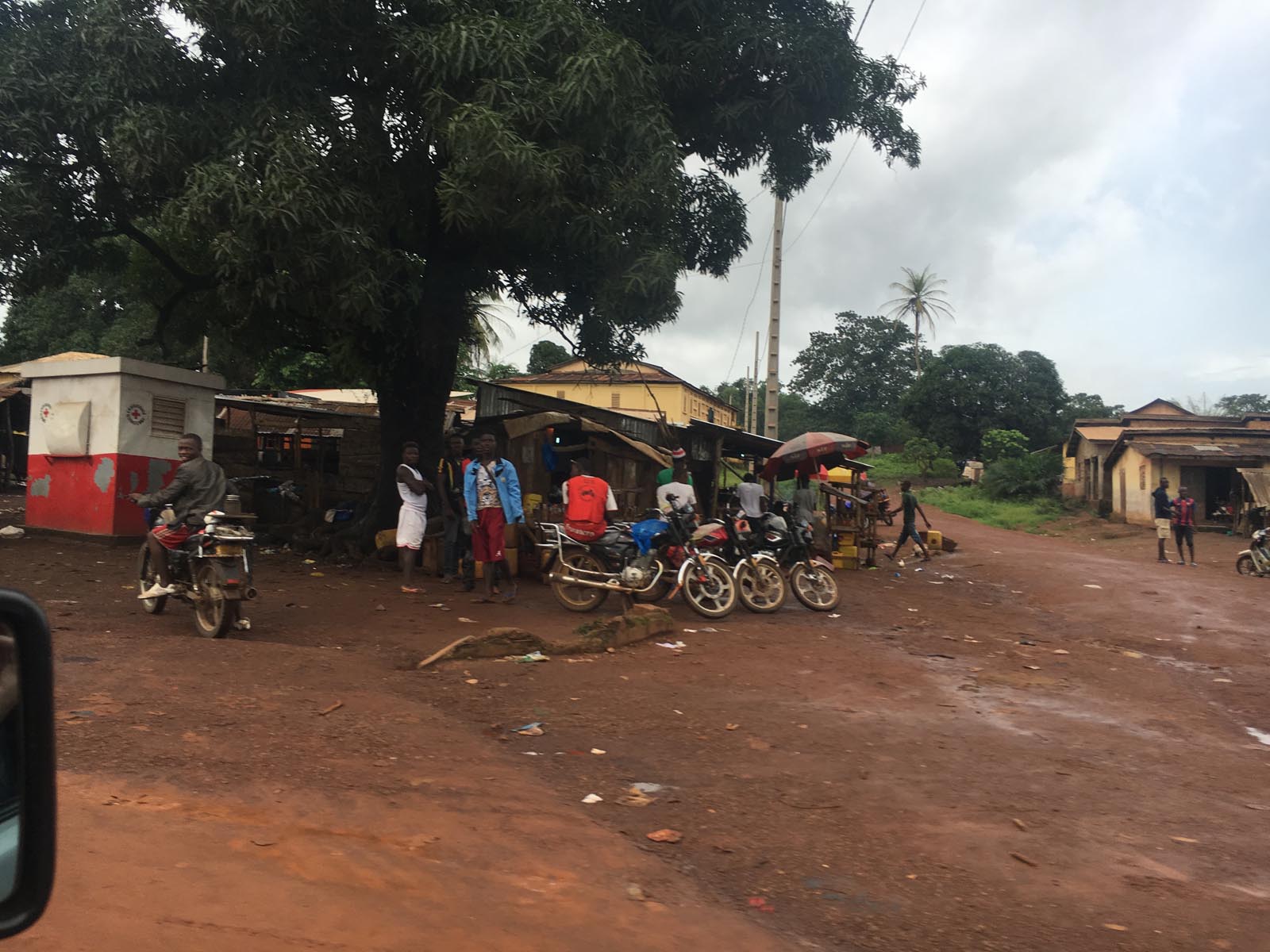
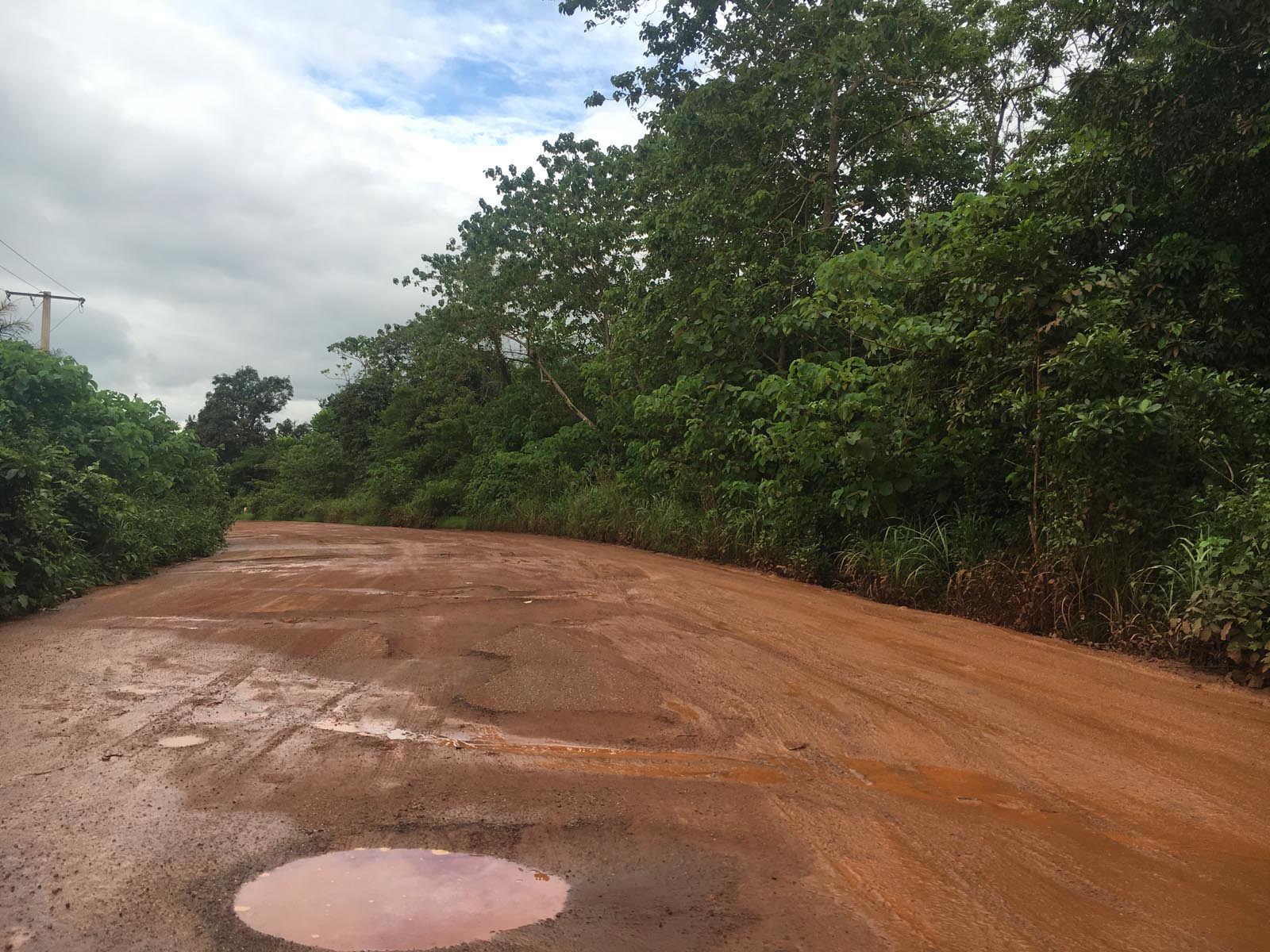
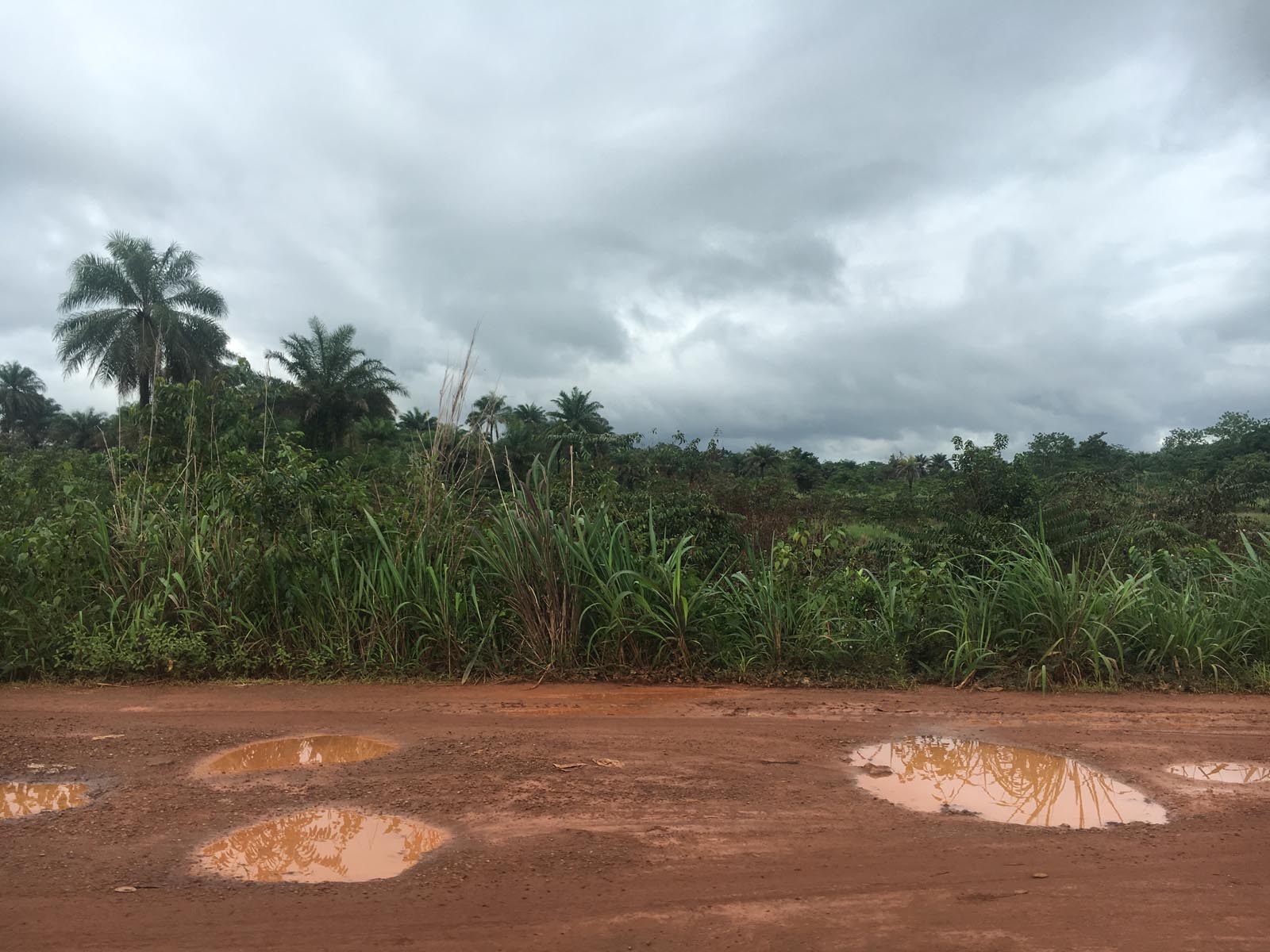
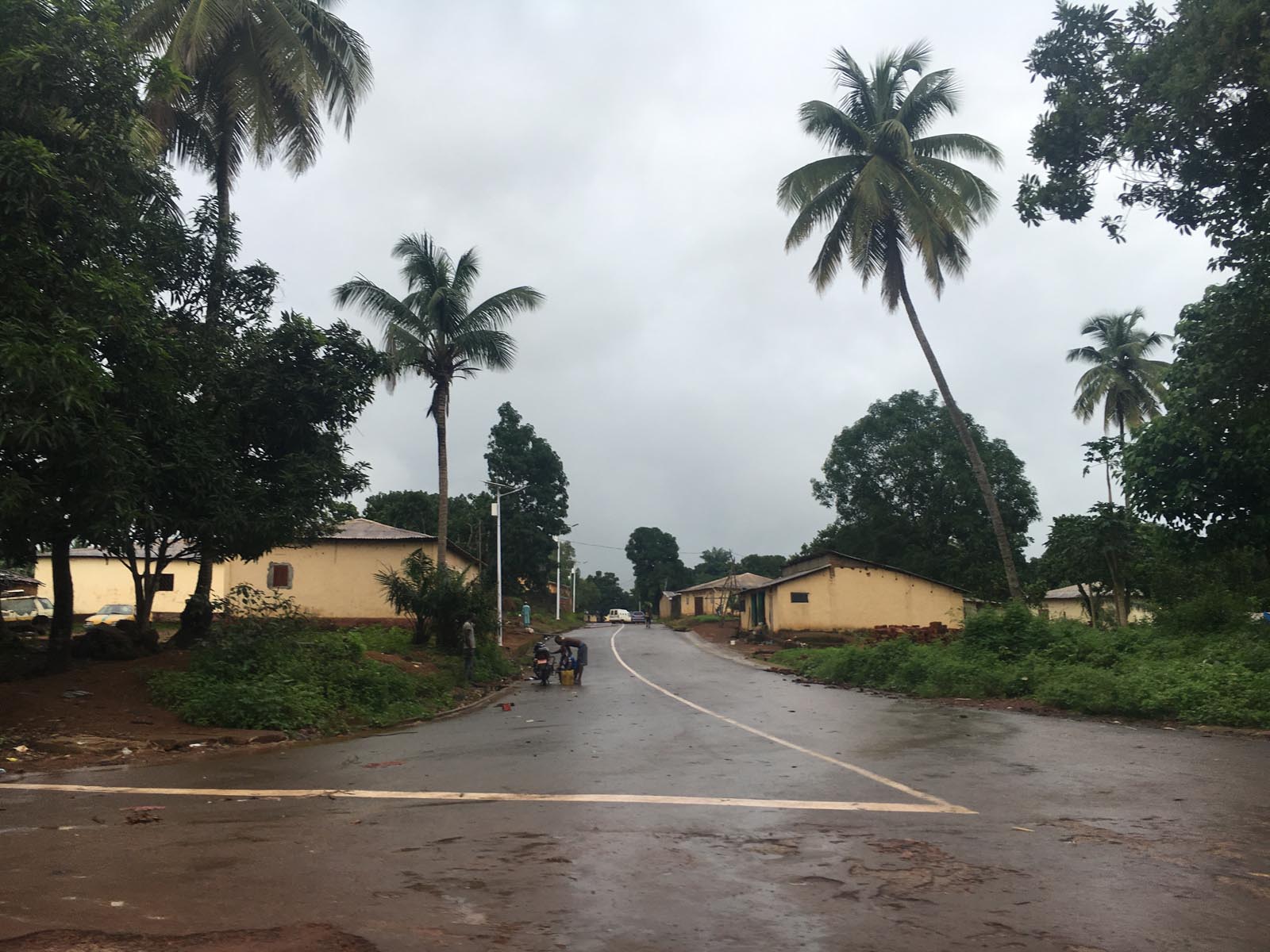
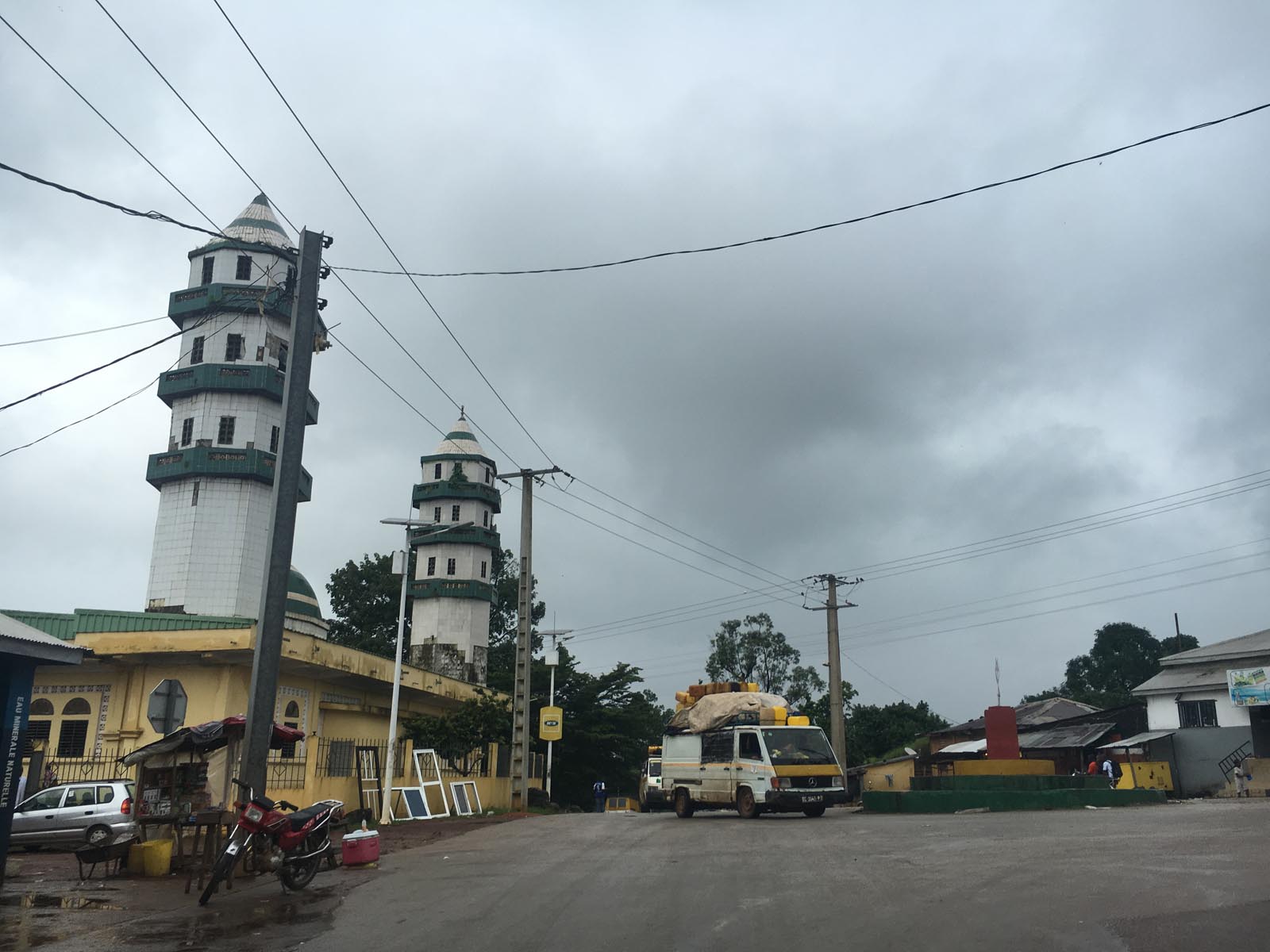
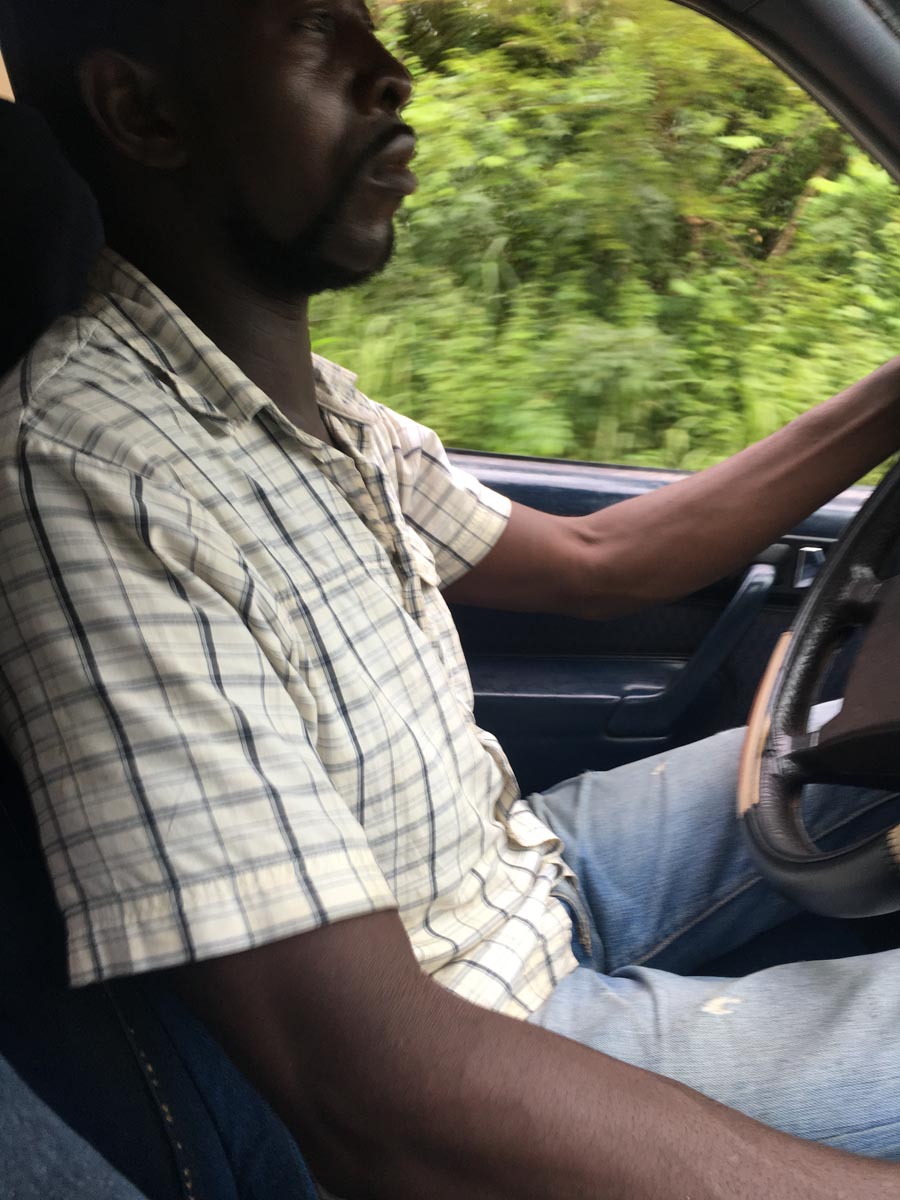
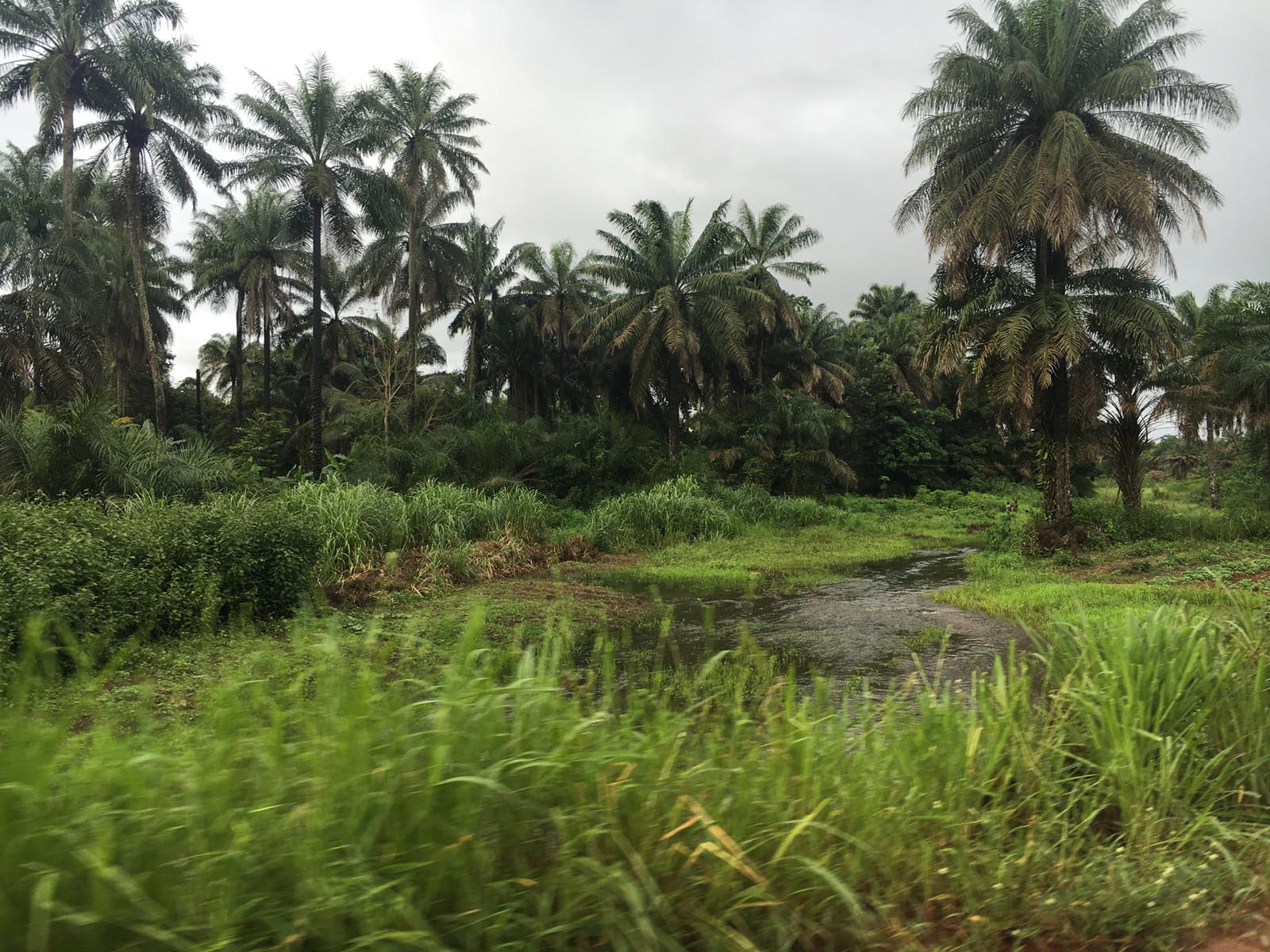
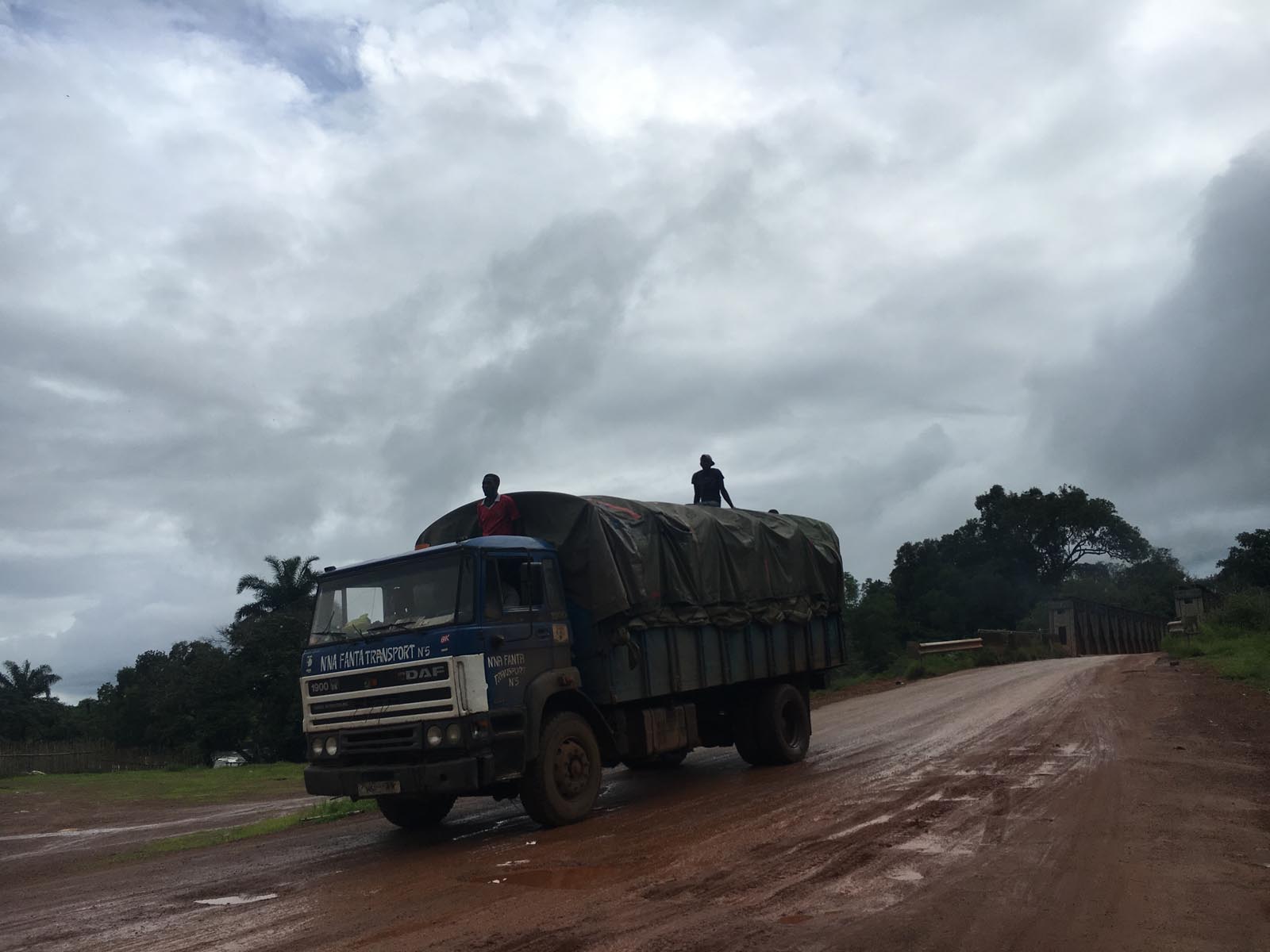
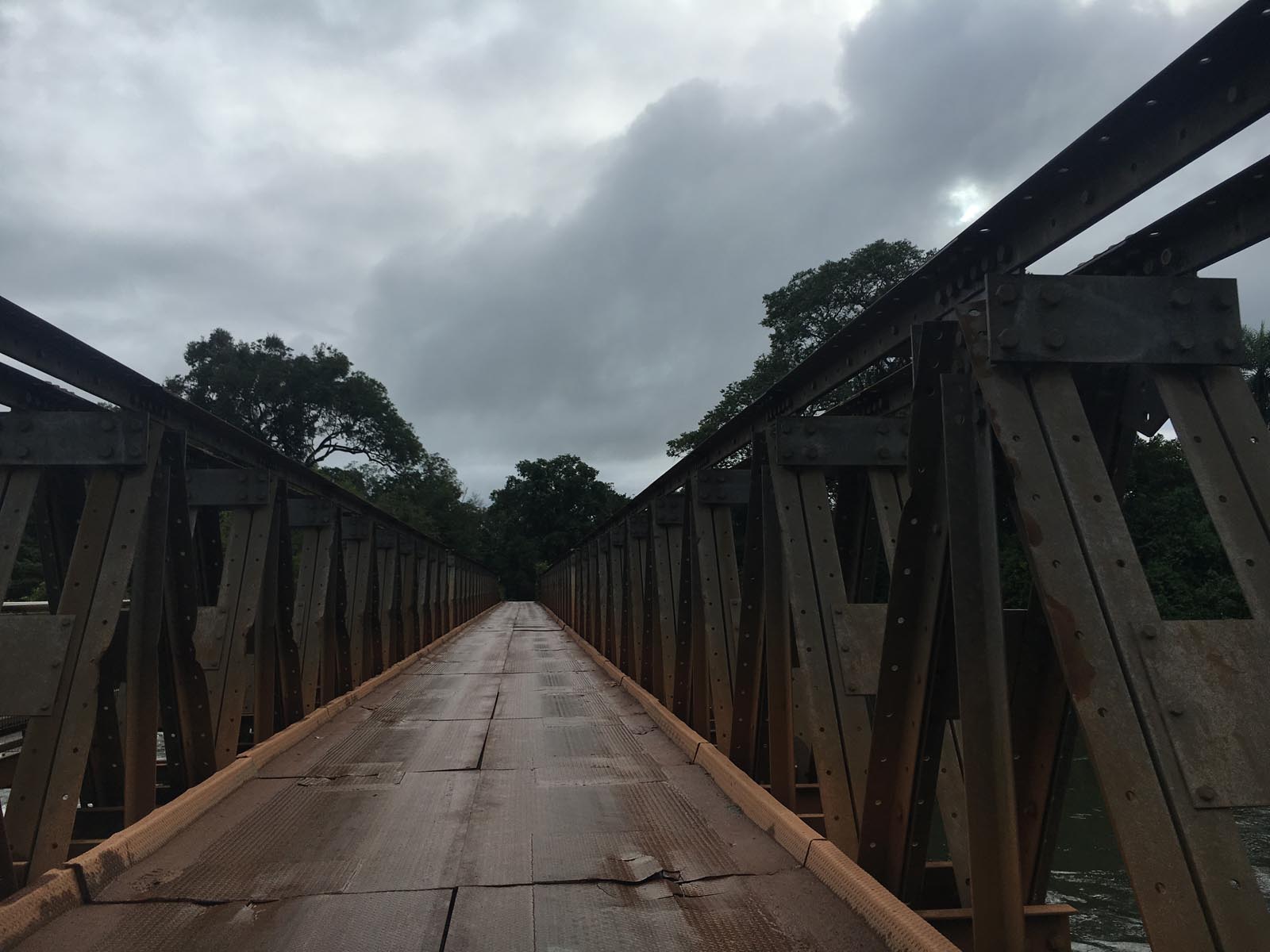
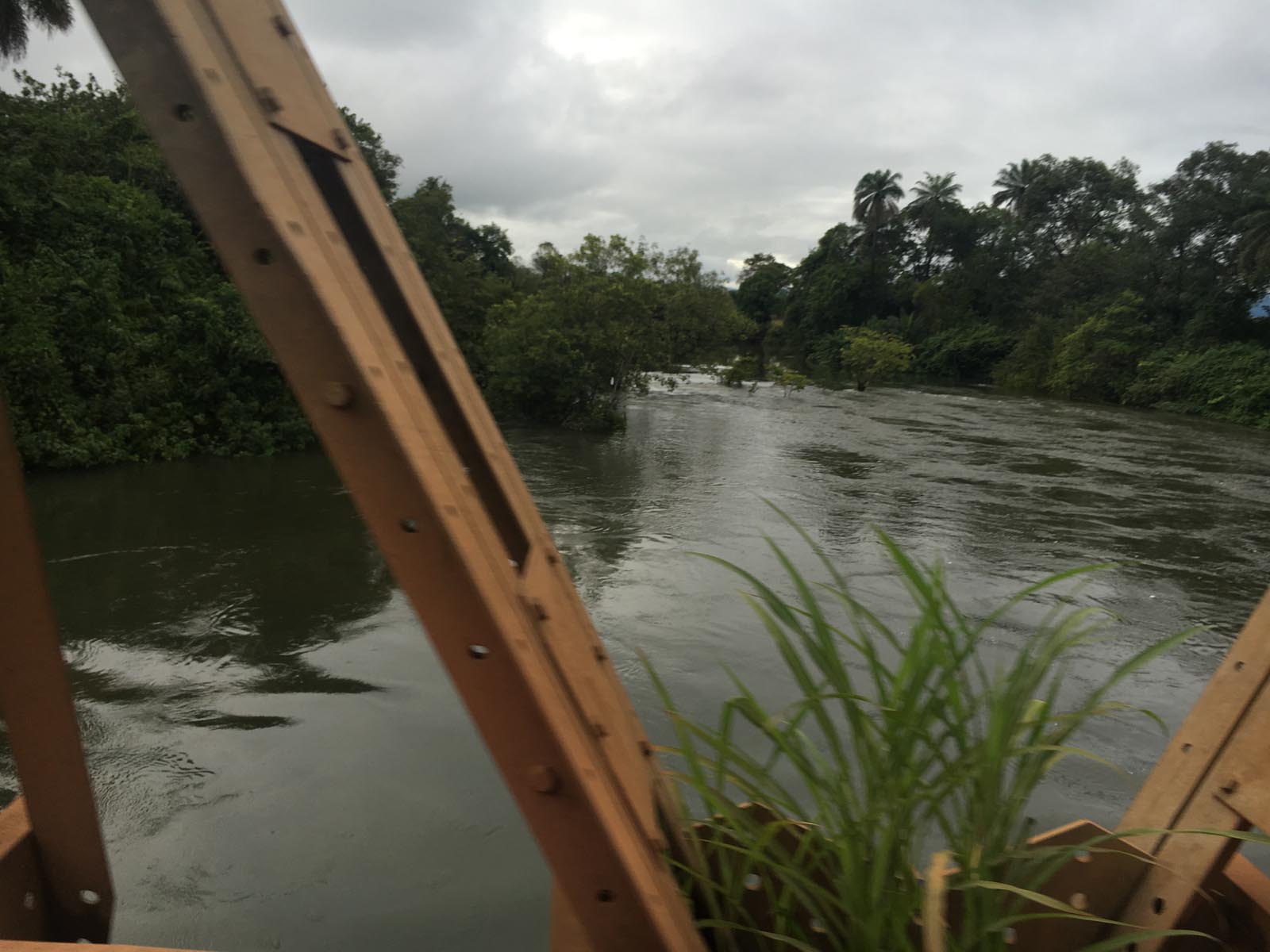
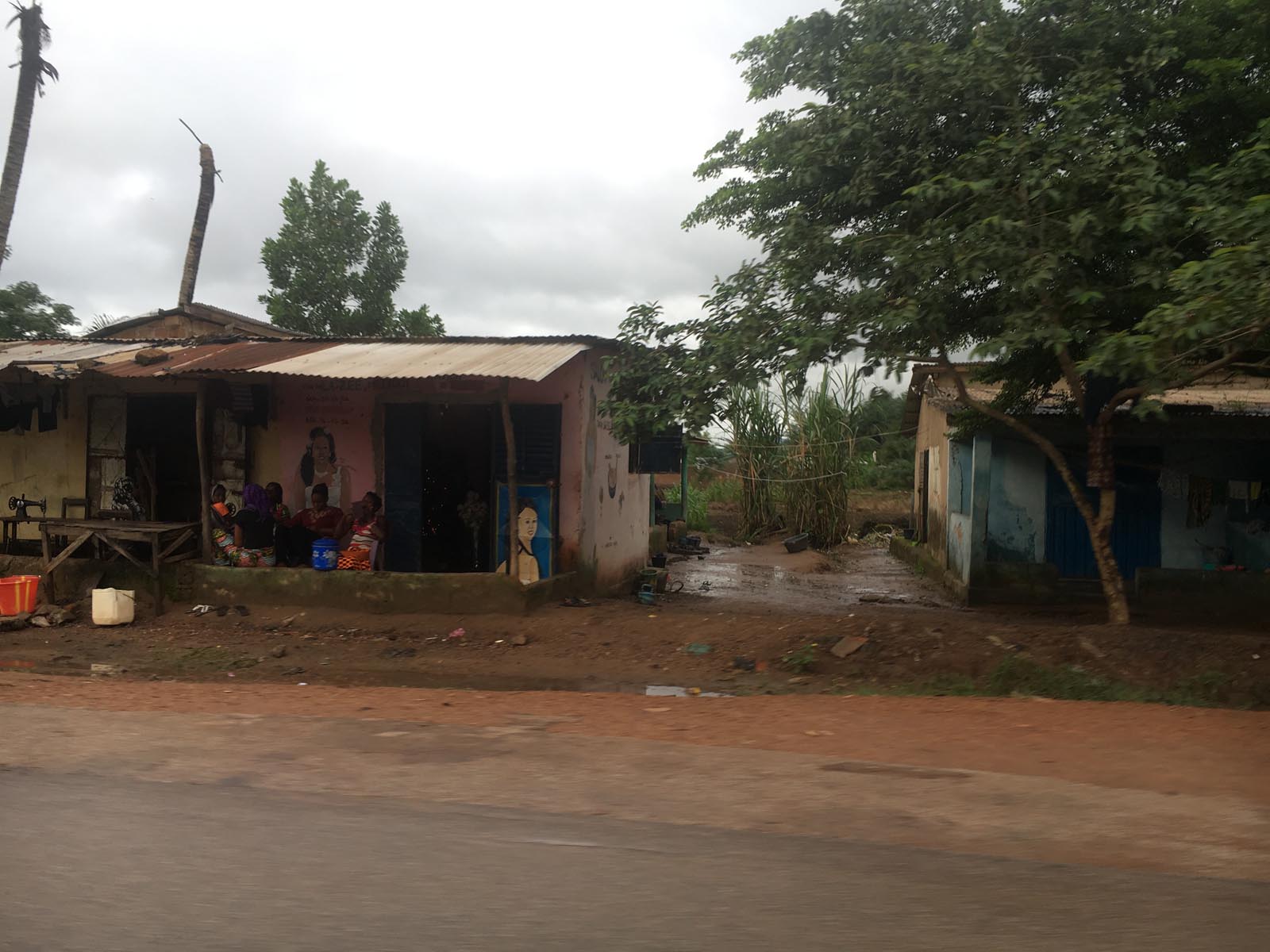
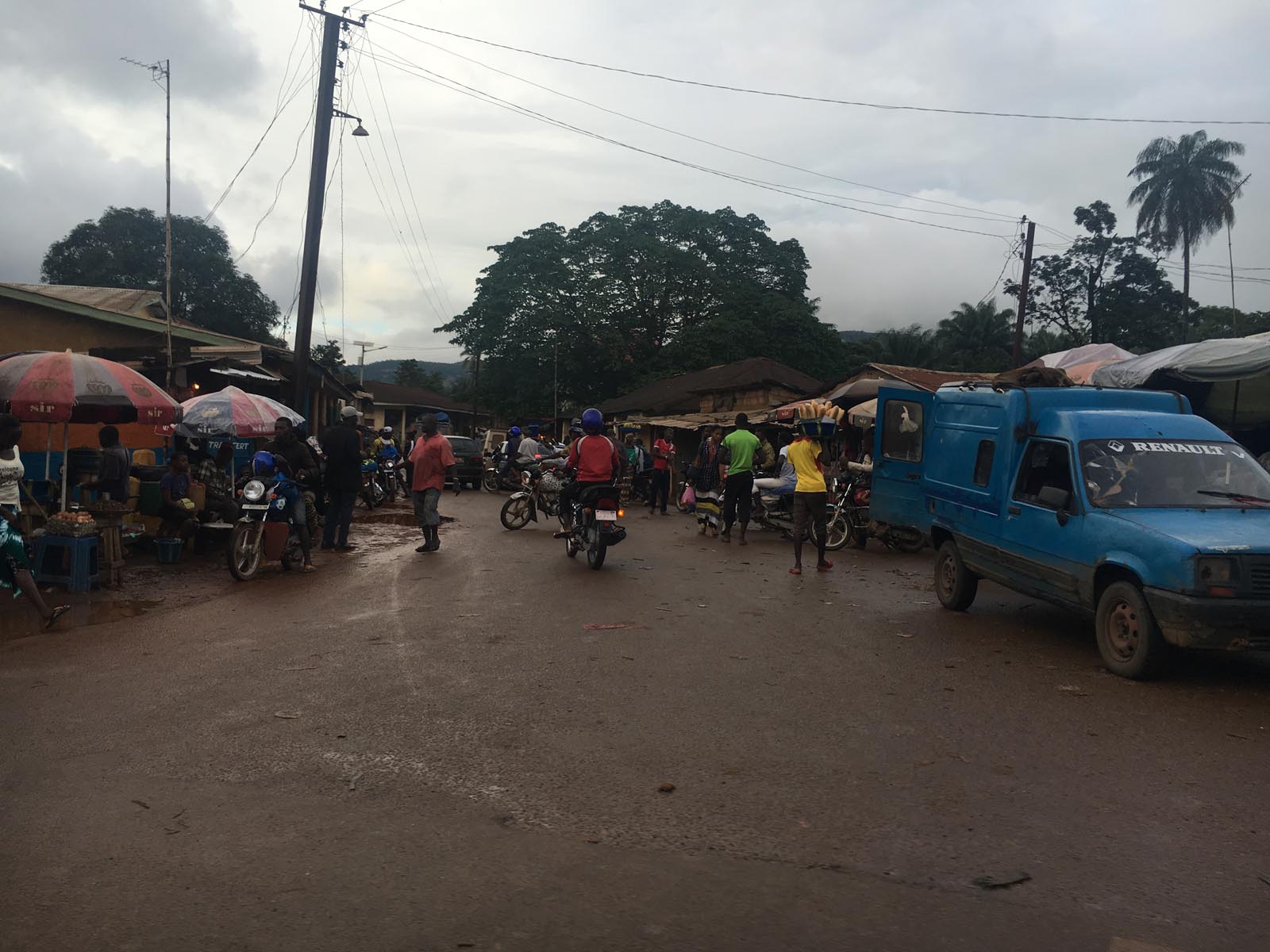
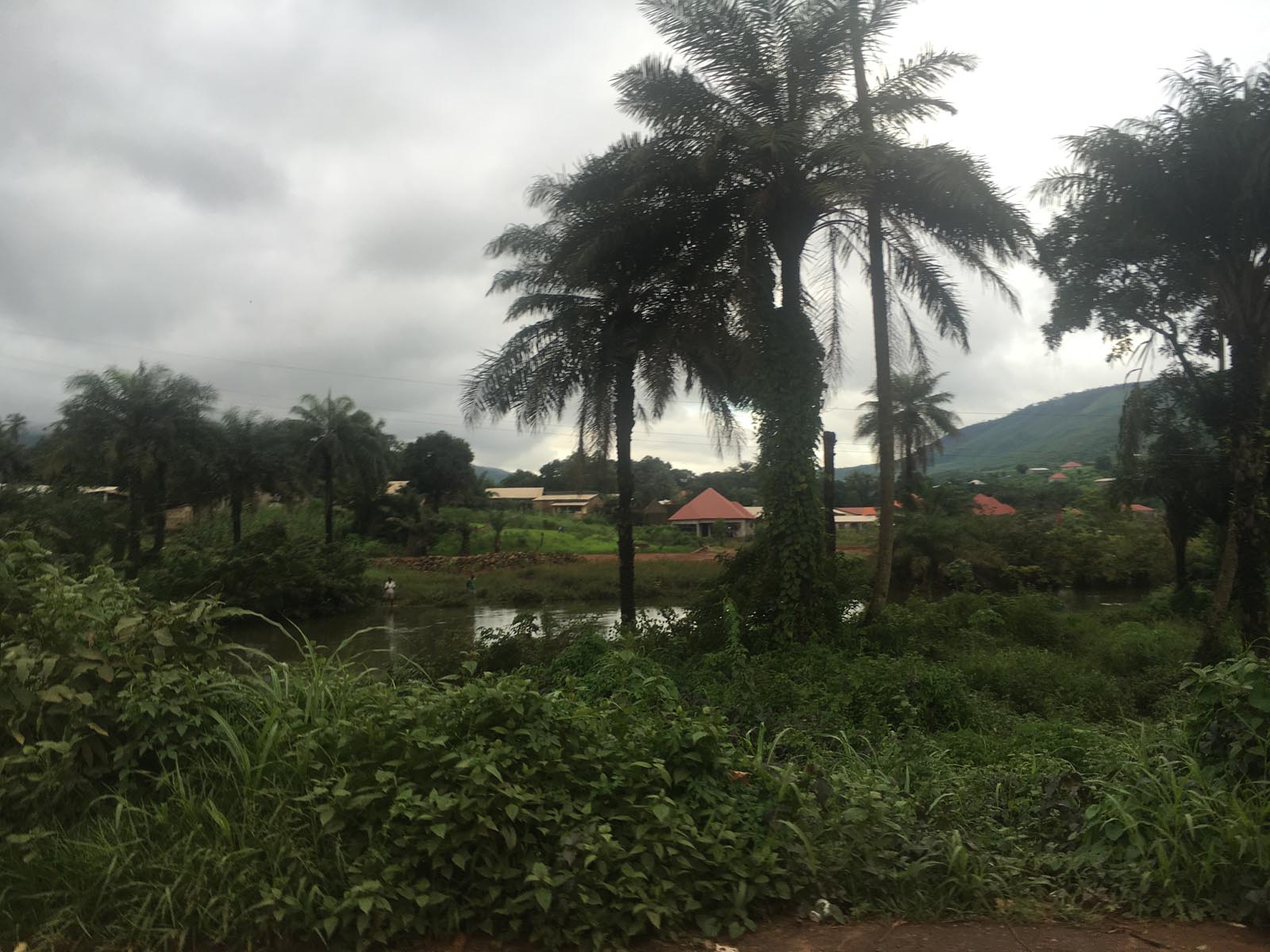
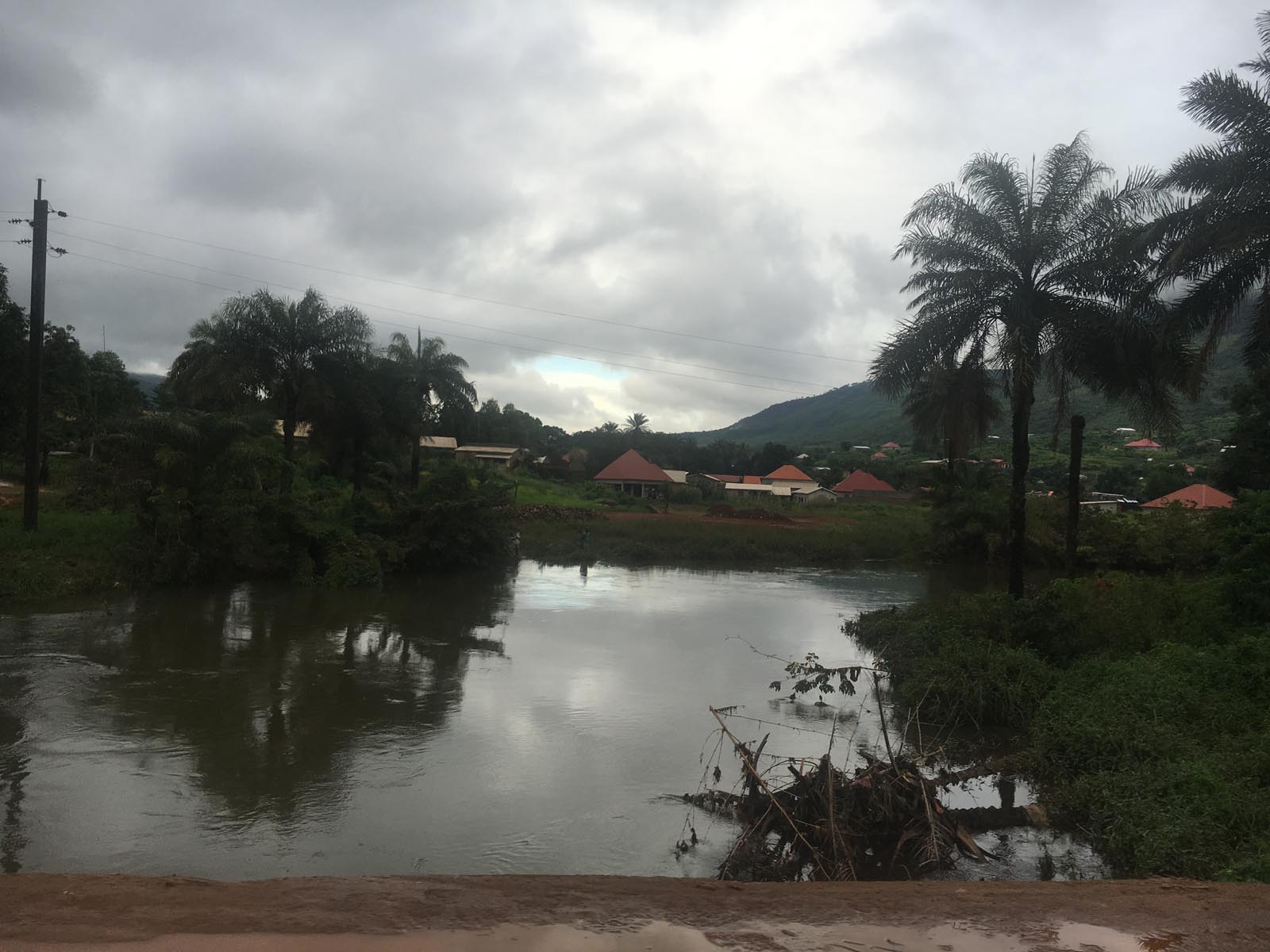
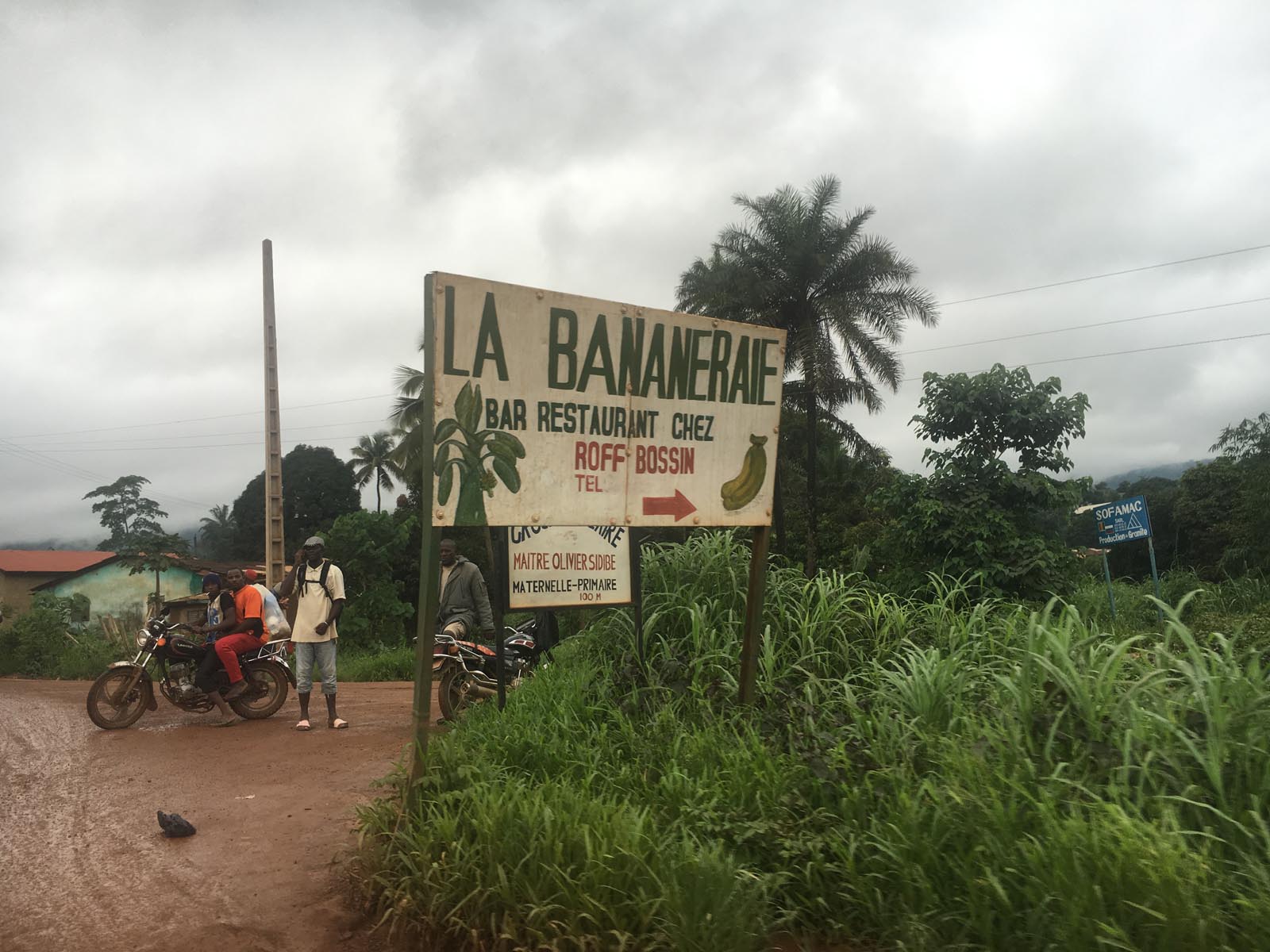
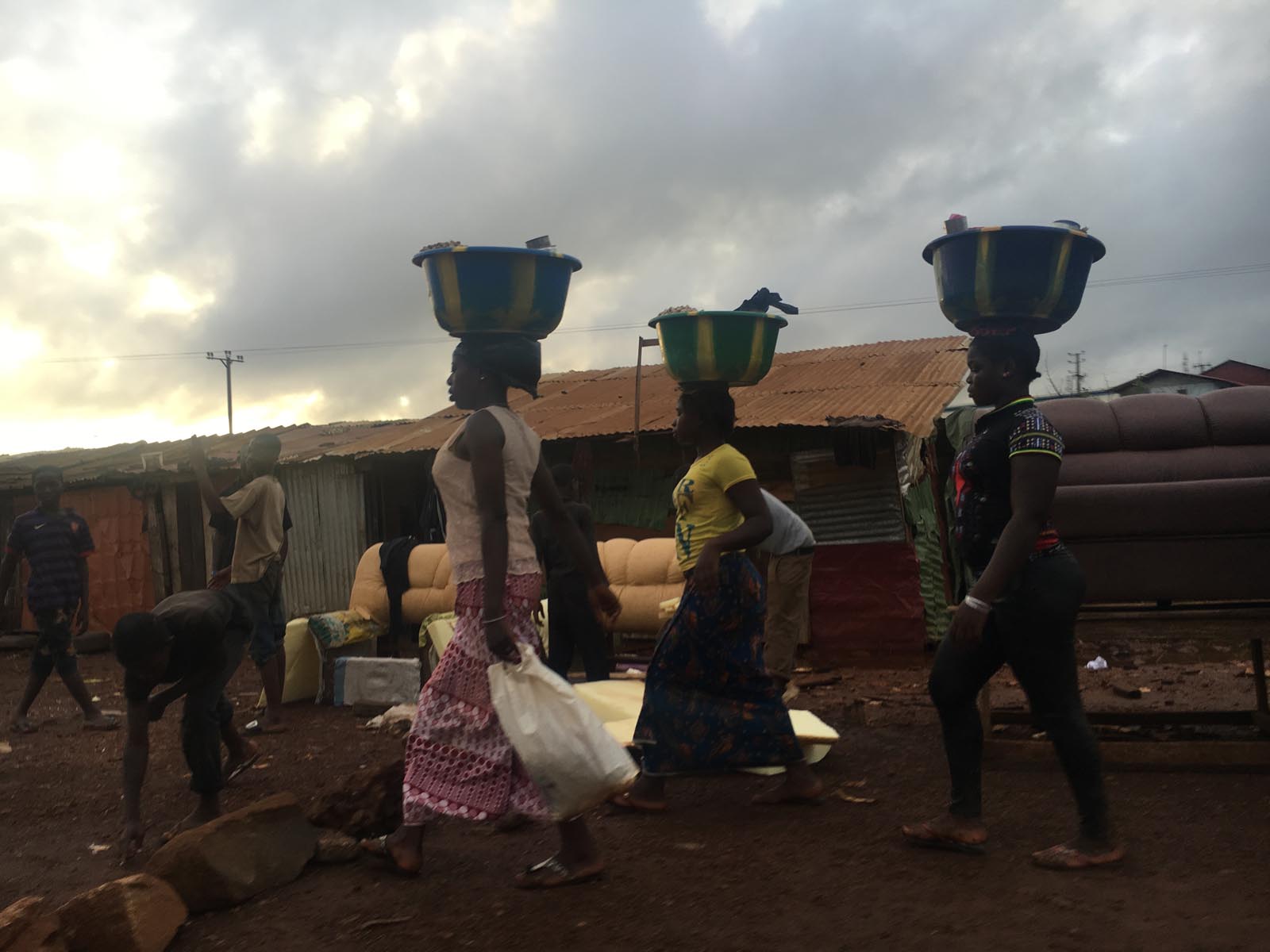
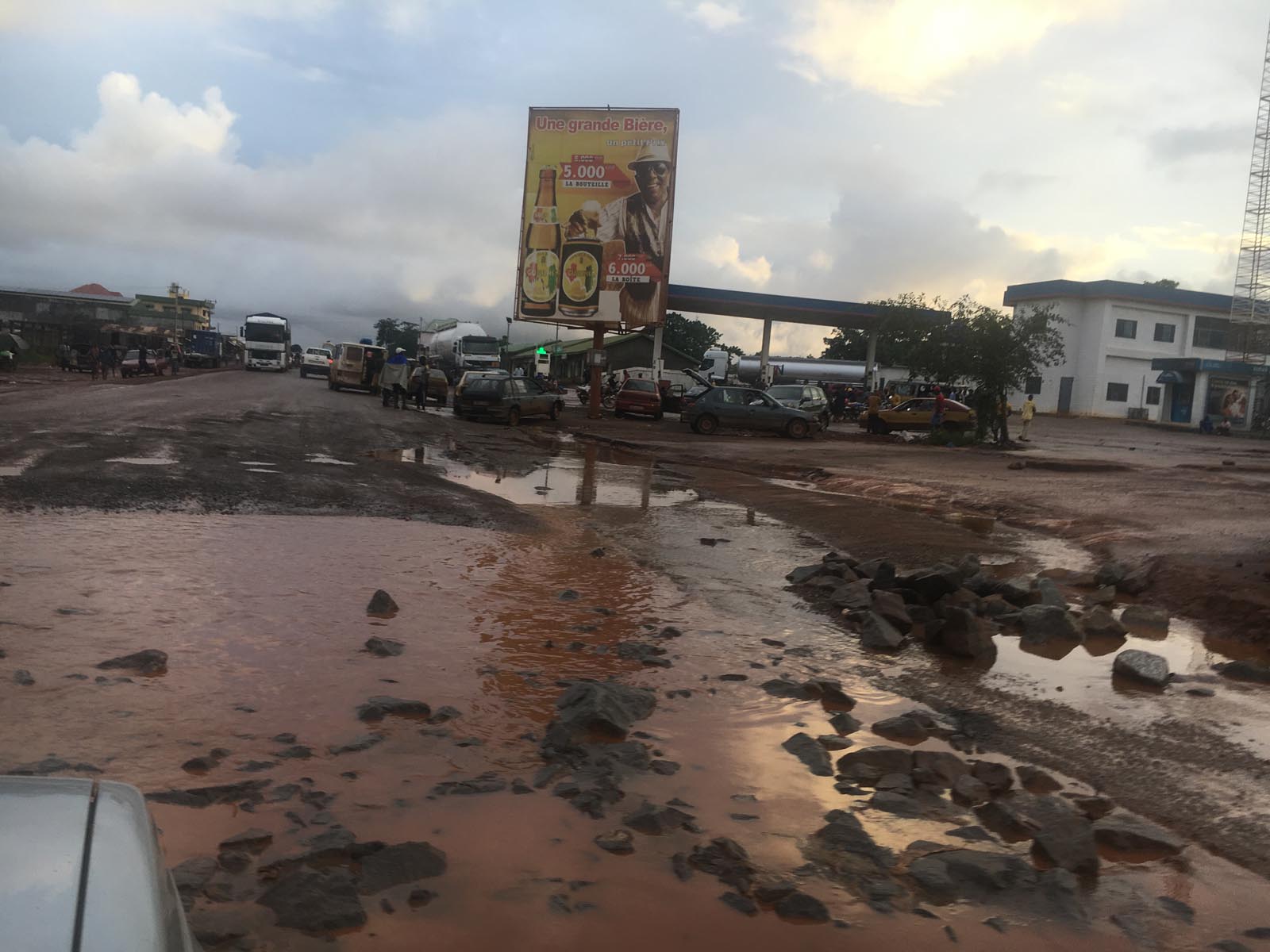
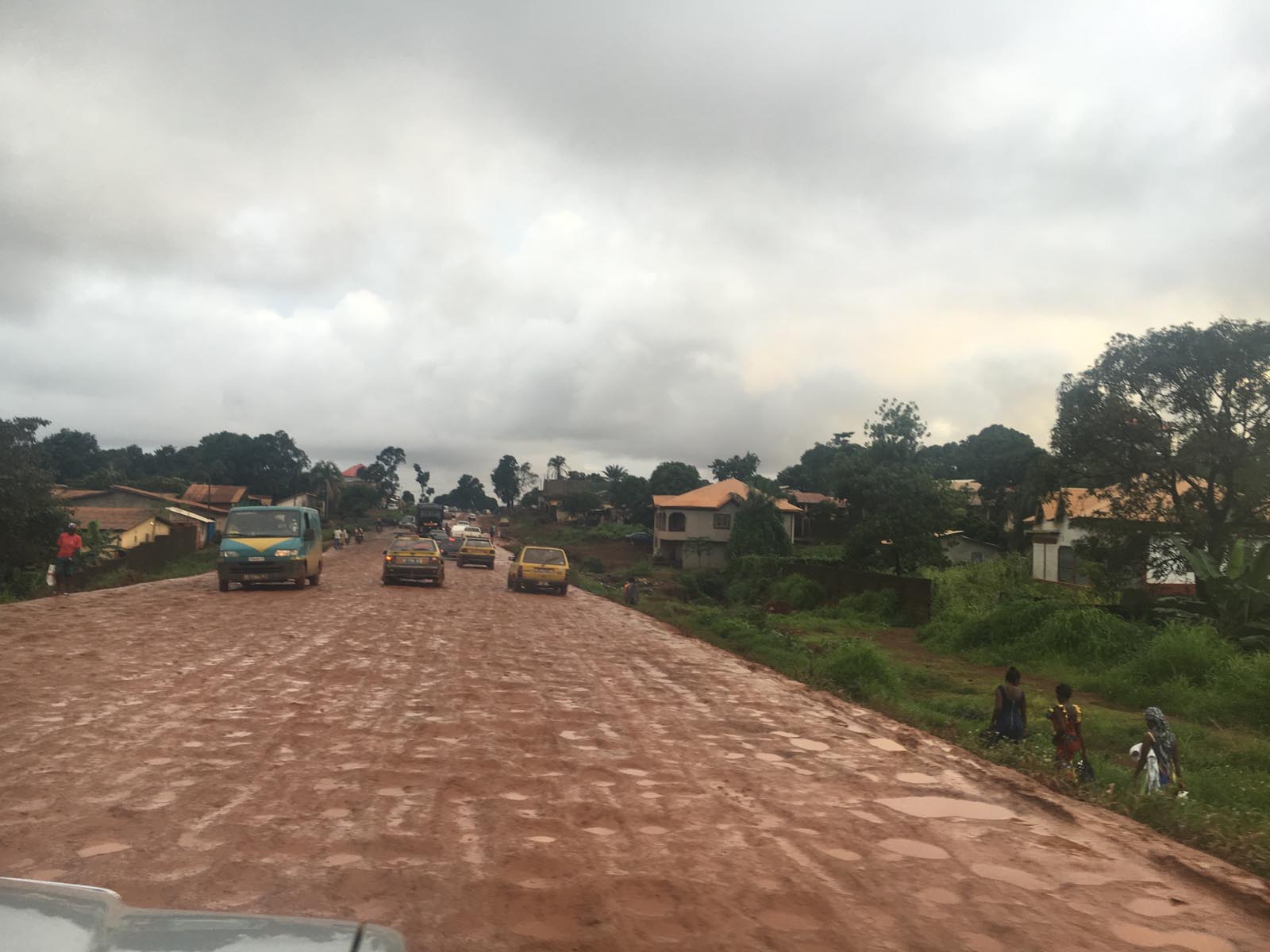
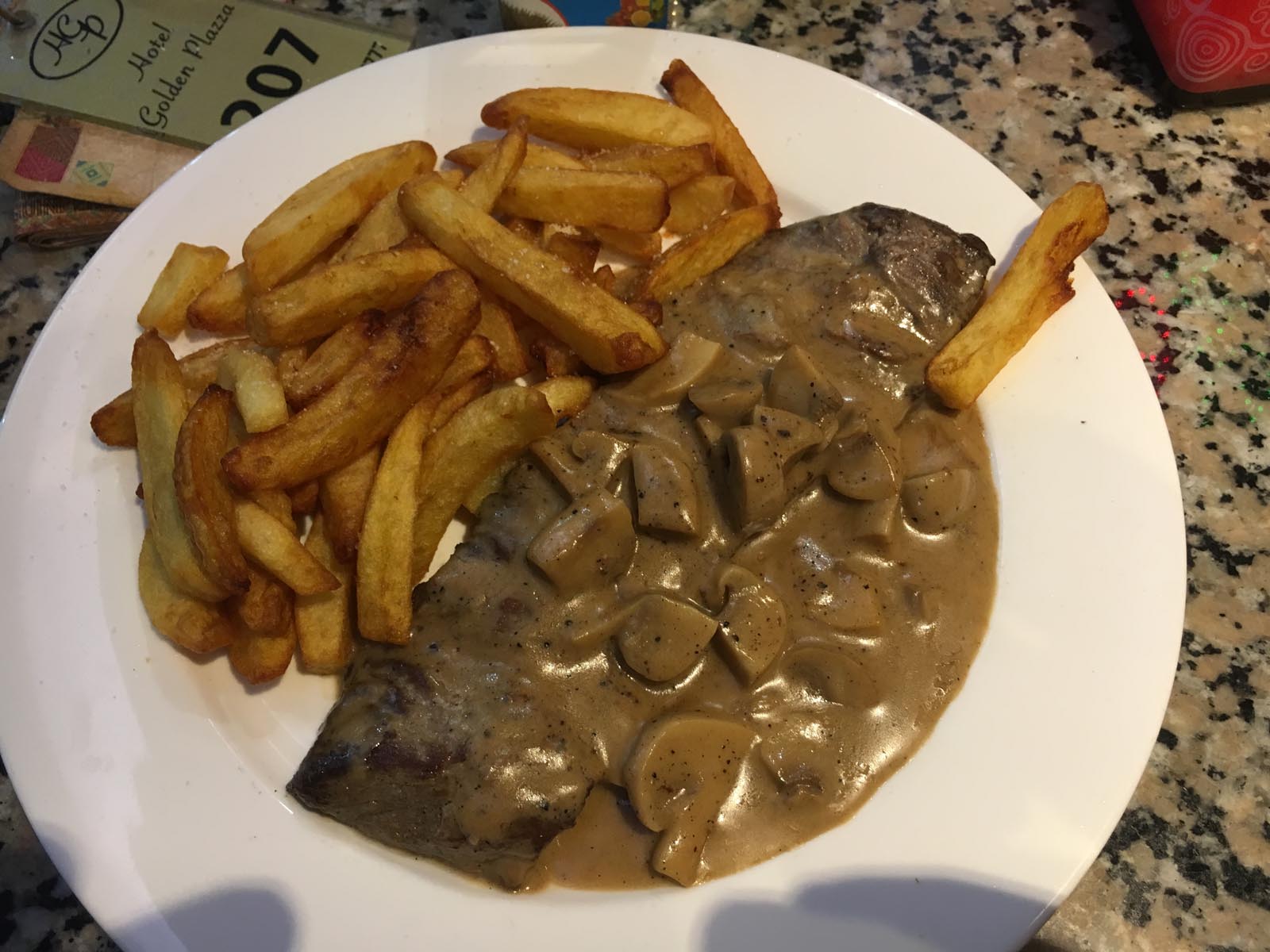
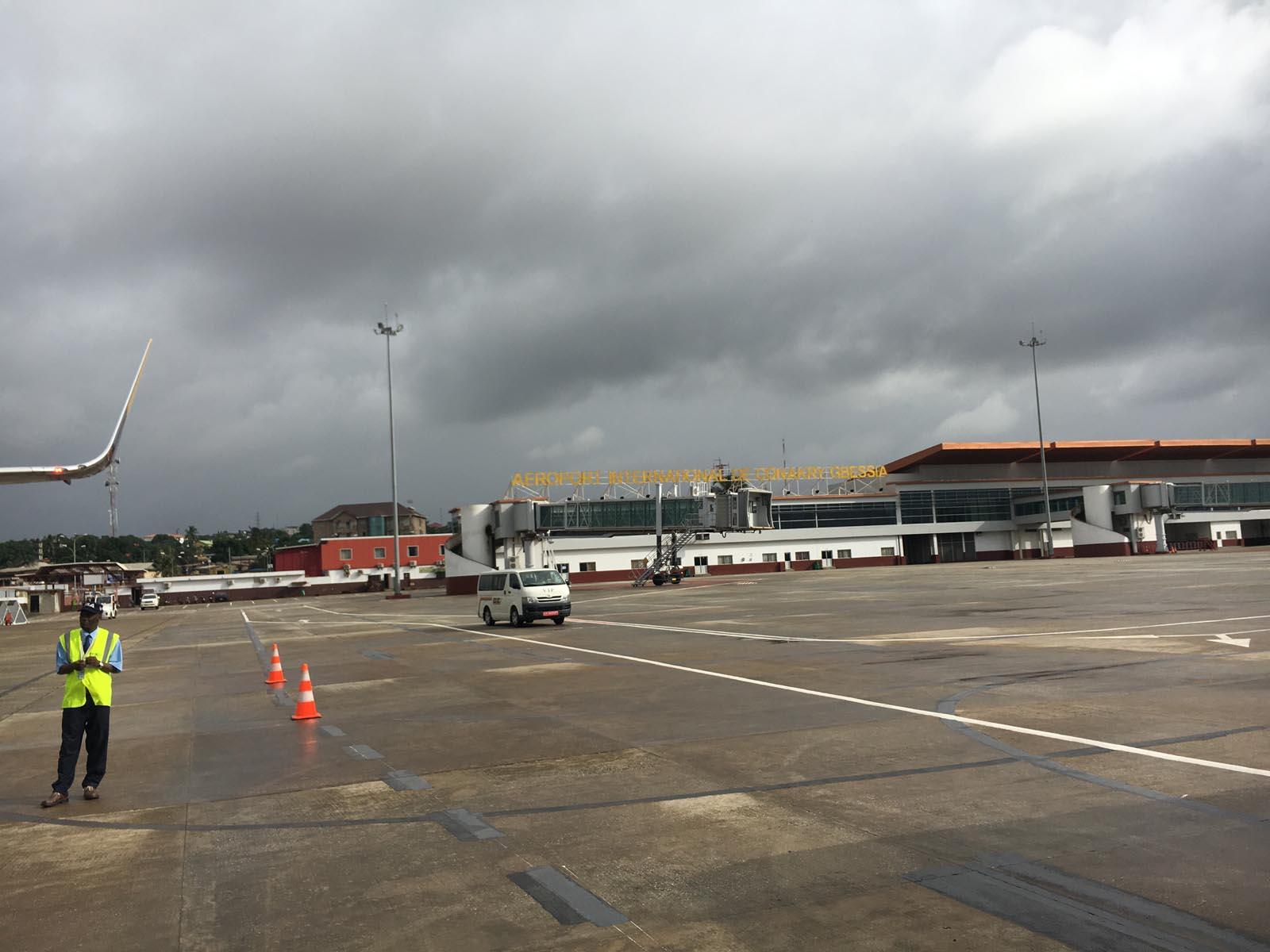

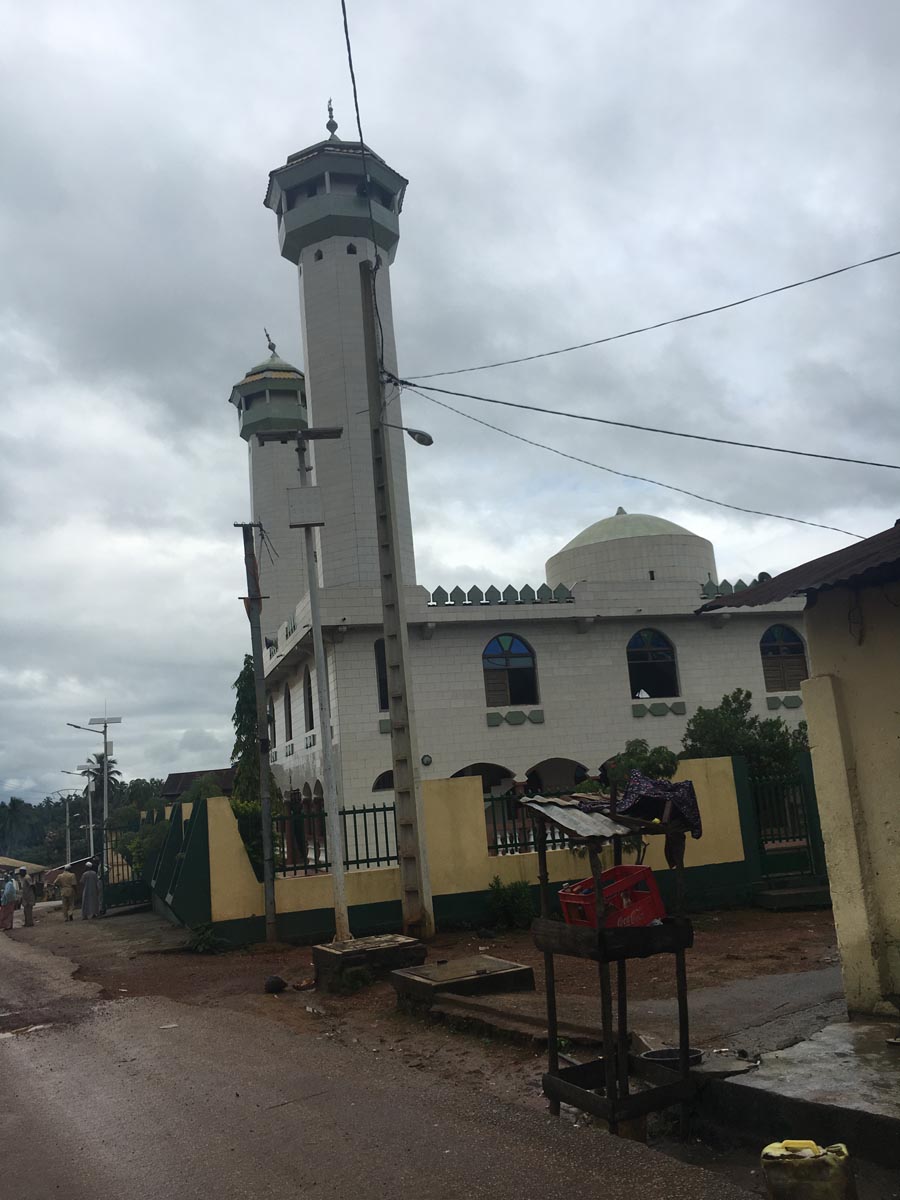

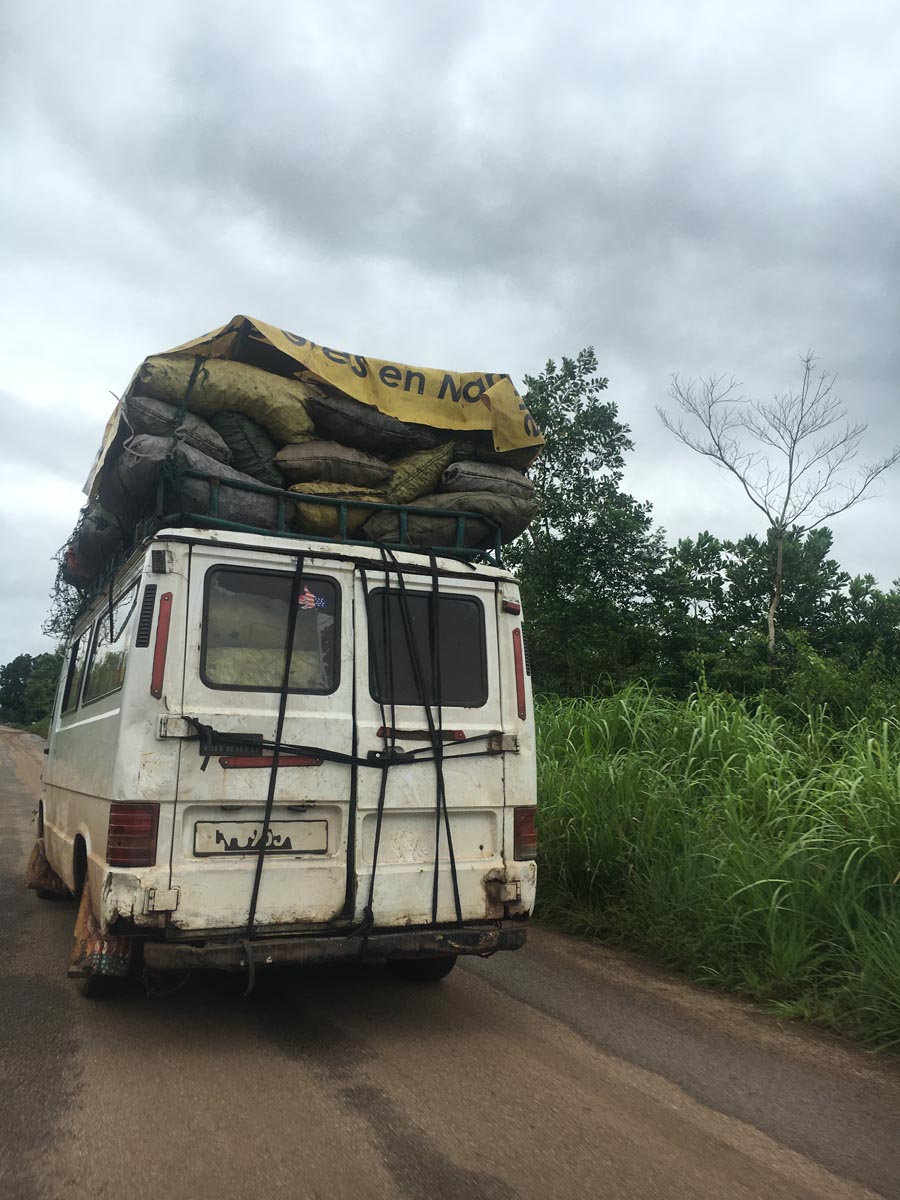
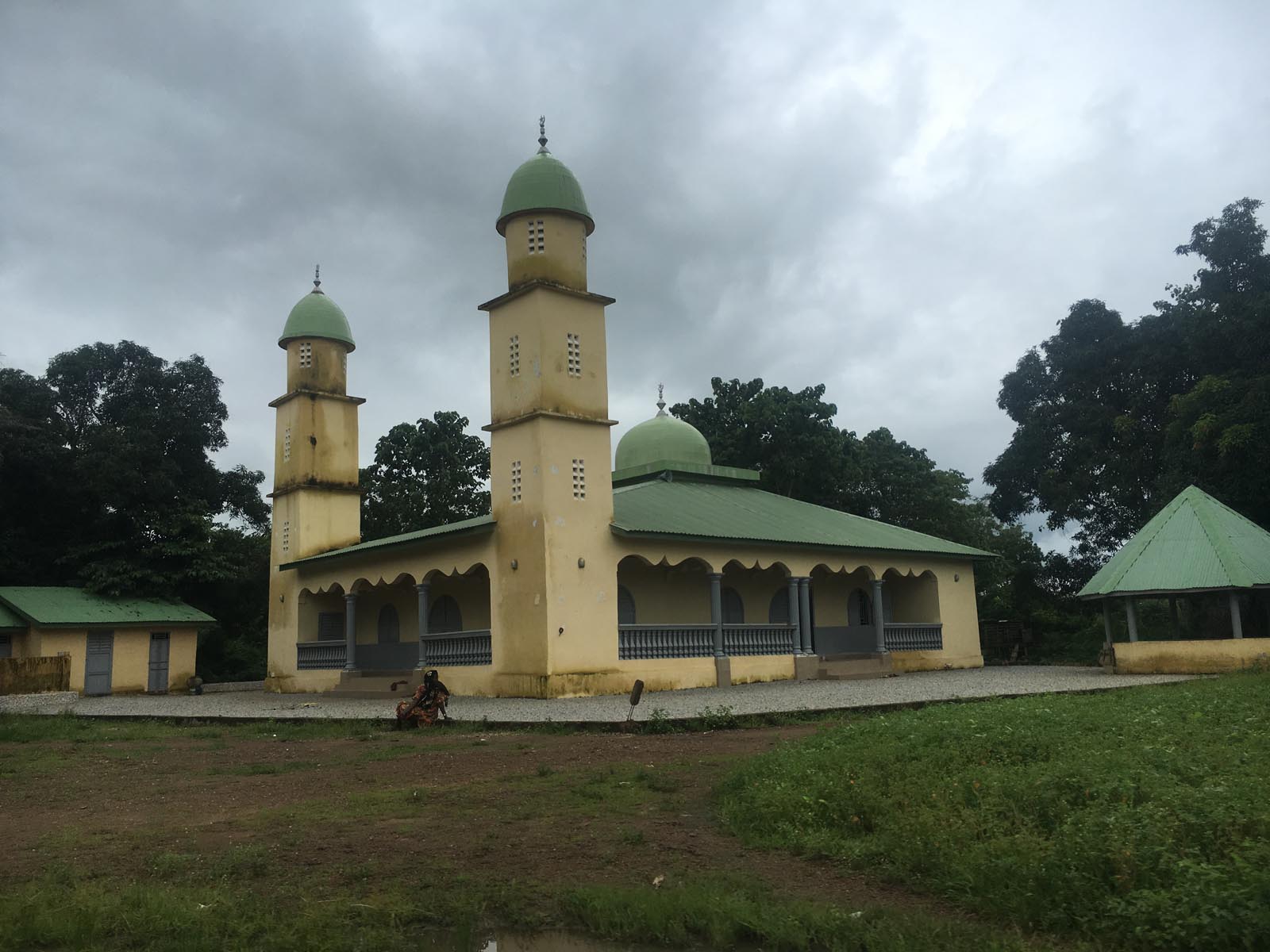

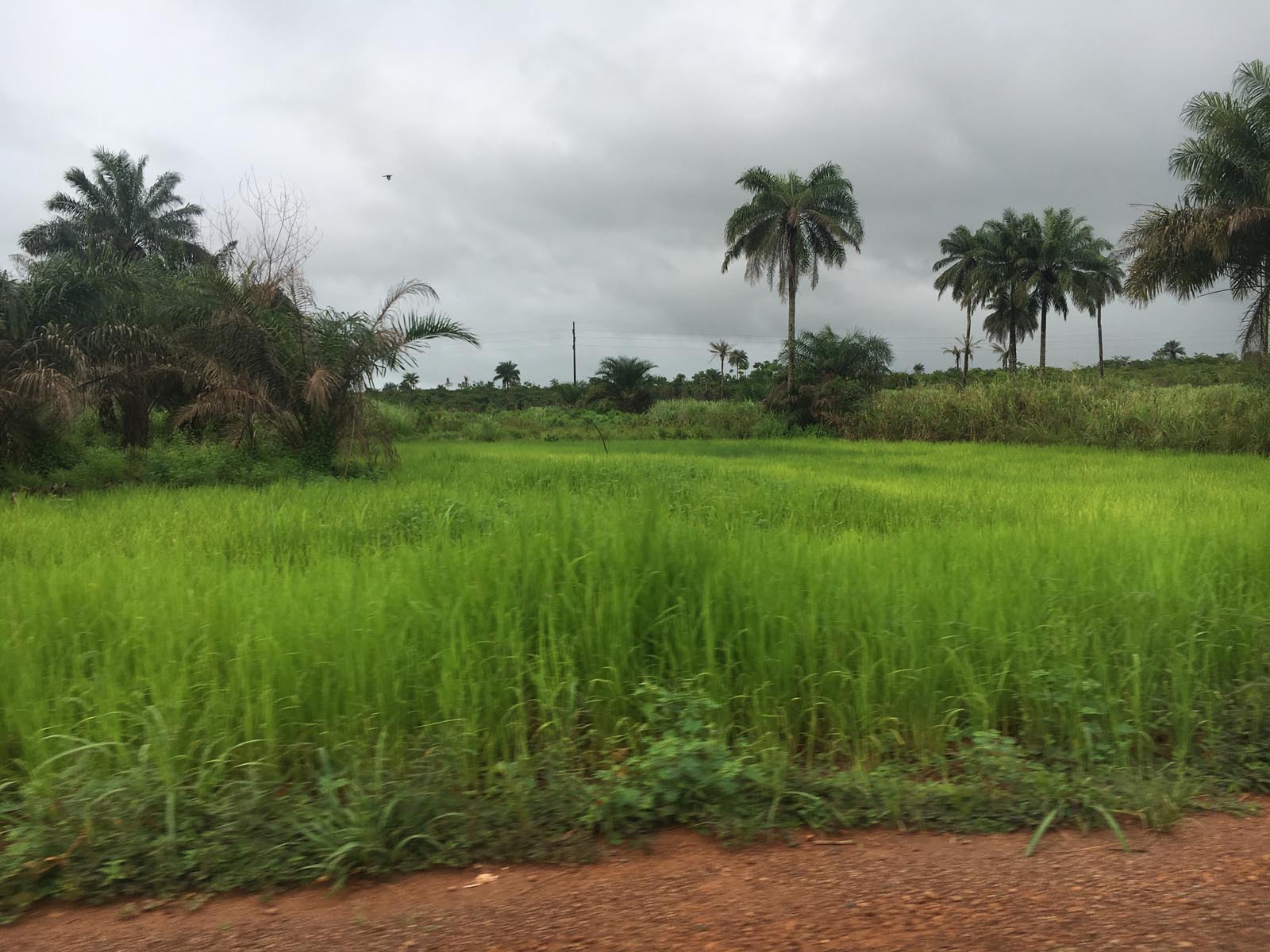


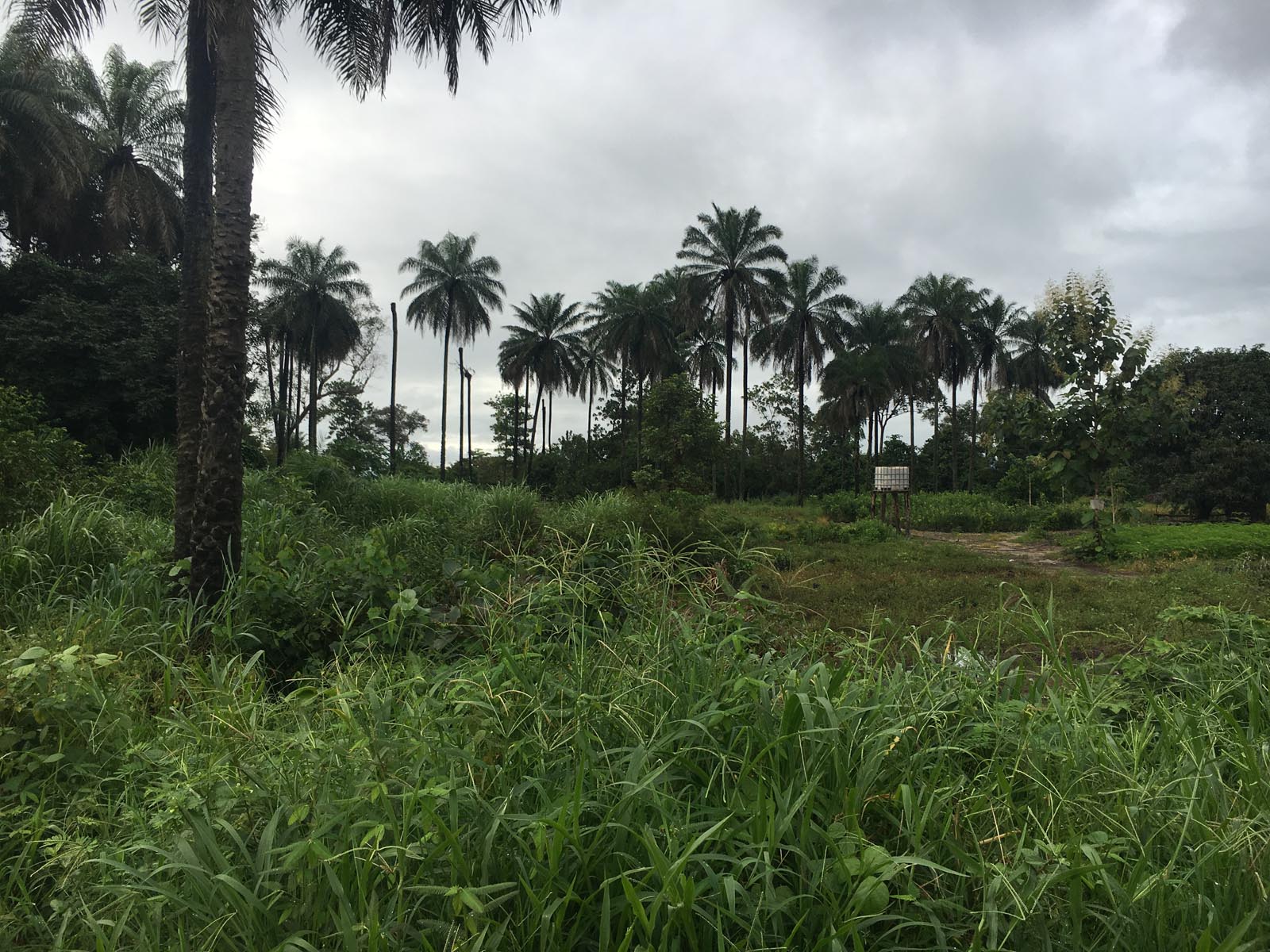
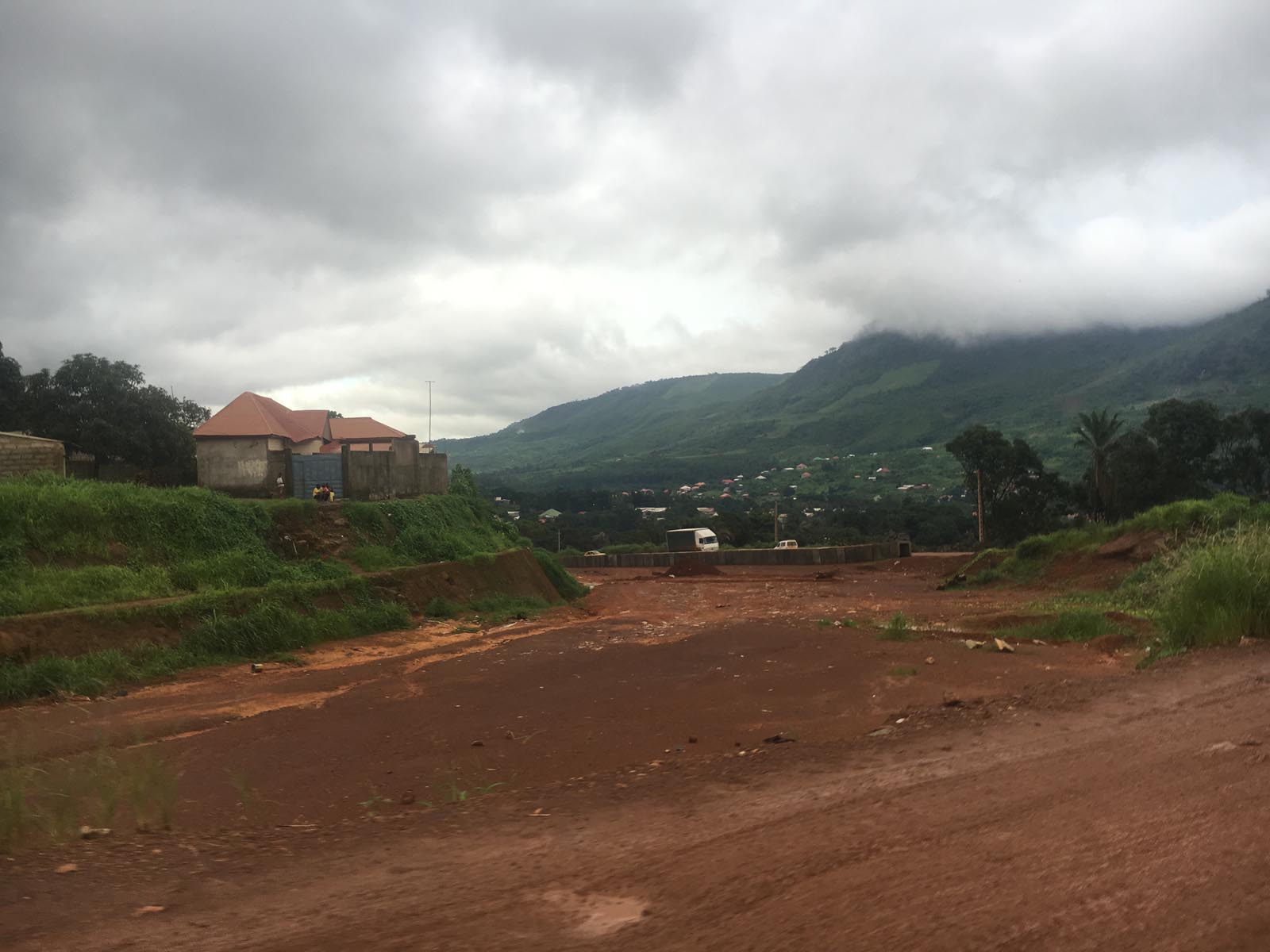
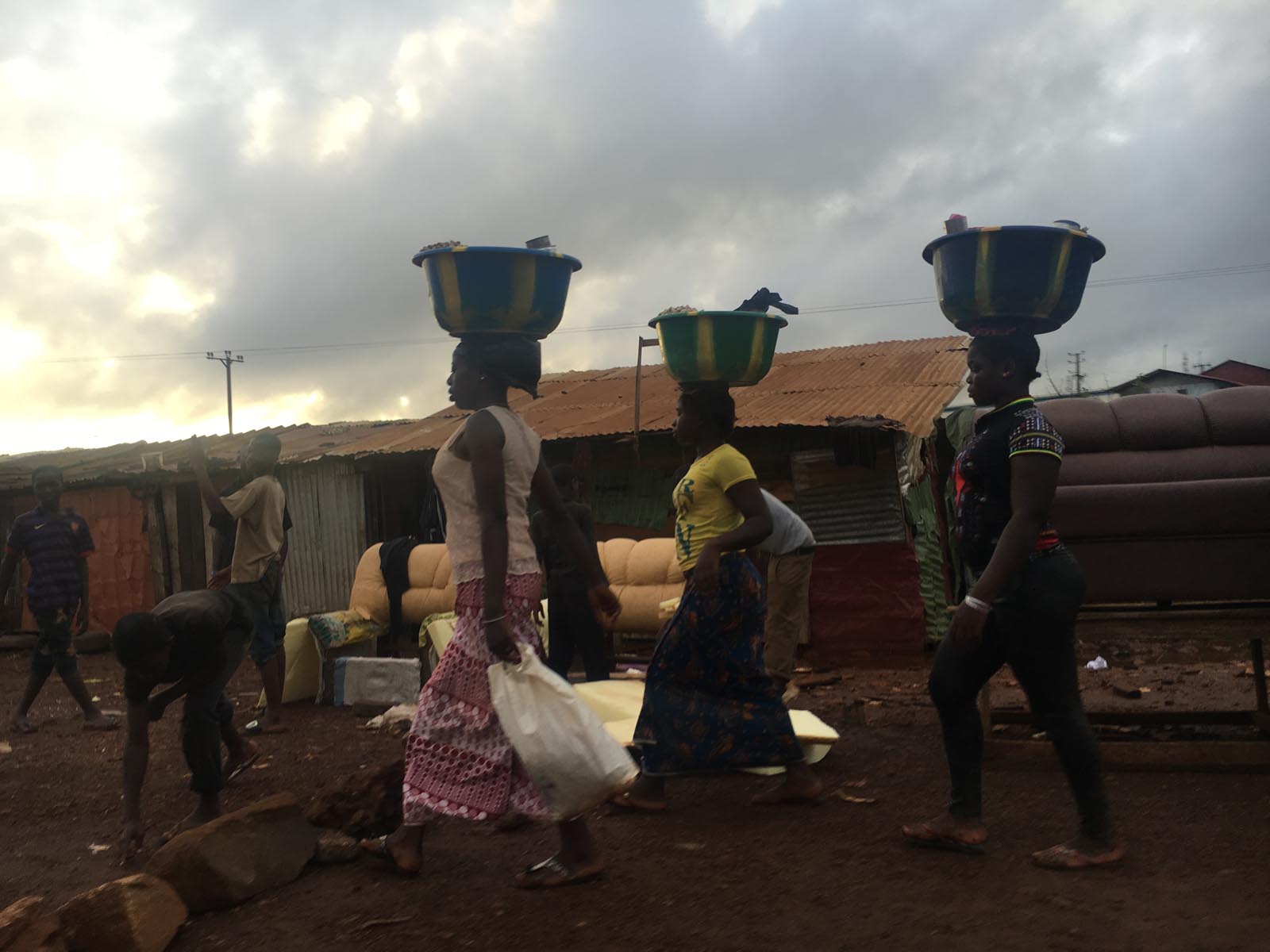
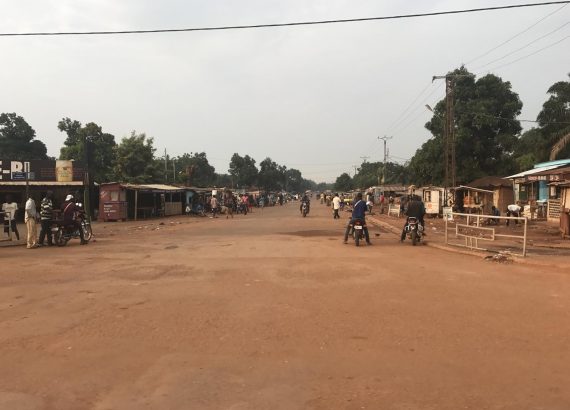
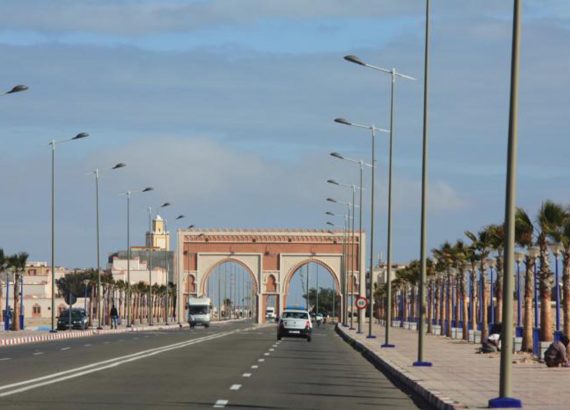
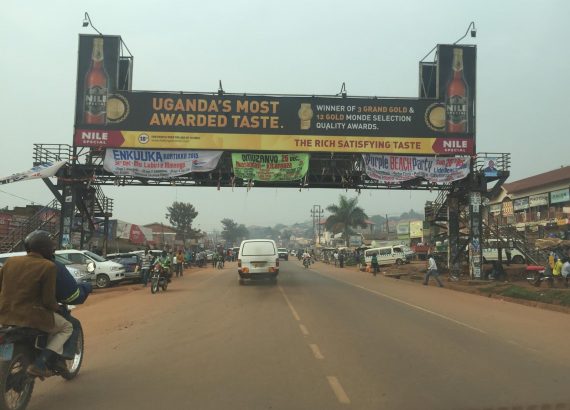
???? ????? ???????? ???? ????
????? ????? ?? ??? ?? ???
Sven Luca
?? 🙂
Sani Musa
Ha?i mun gamsu da shafin muna neman izinin ku don ?aukan binciken ku mu fa?a?a shi don samun Ilimi da Tarihi a duniya.
http://www.taskarnasabaa.com
[email protected]